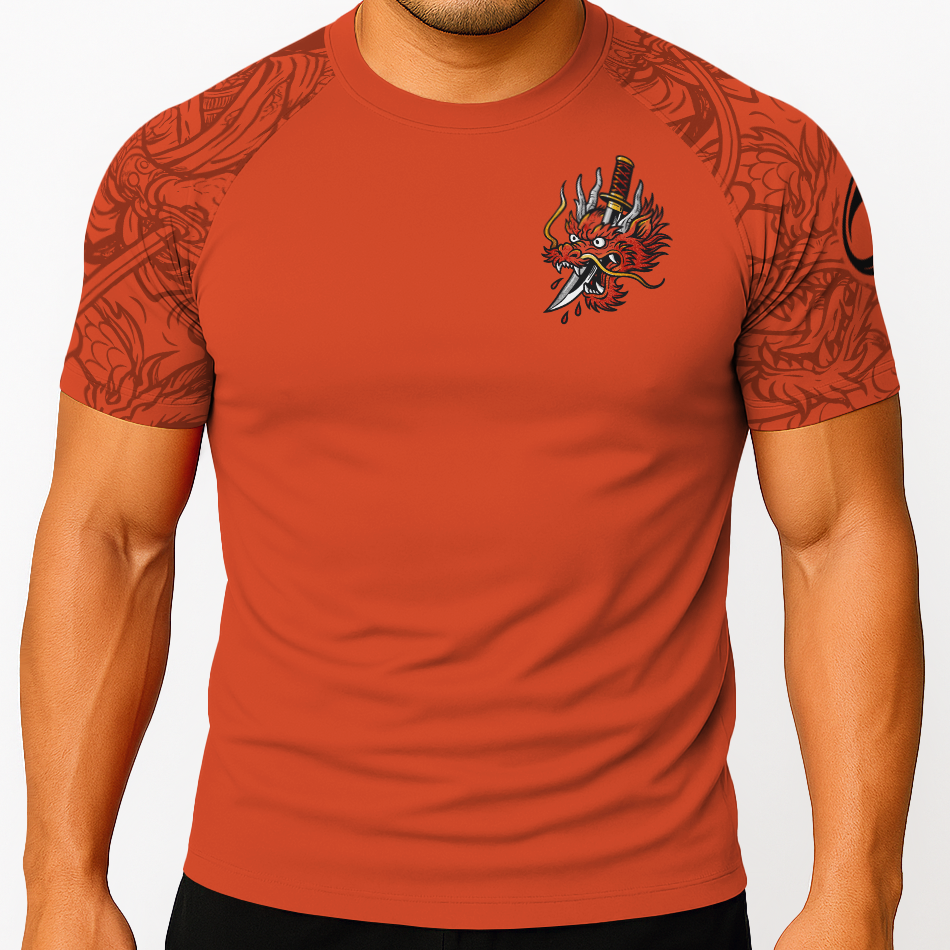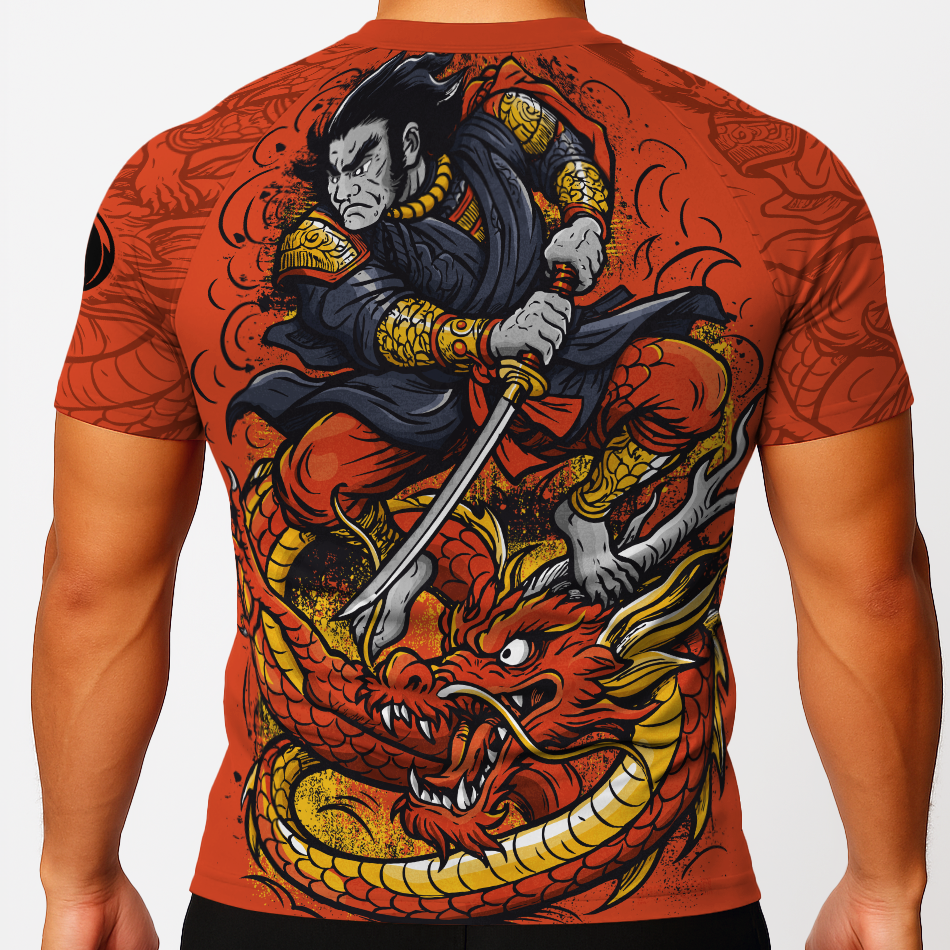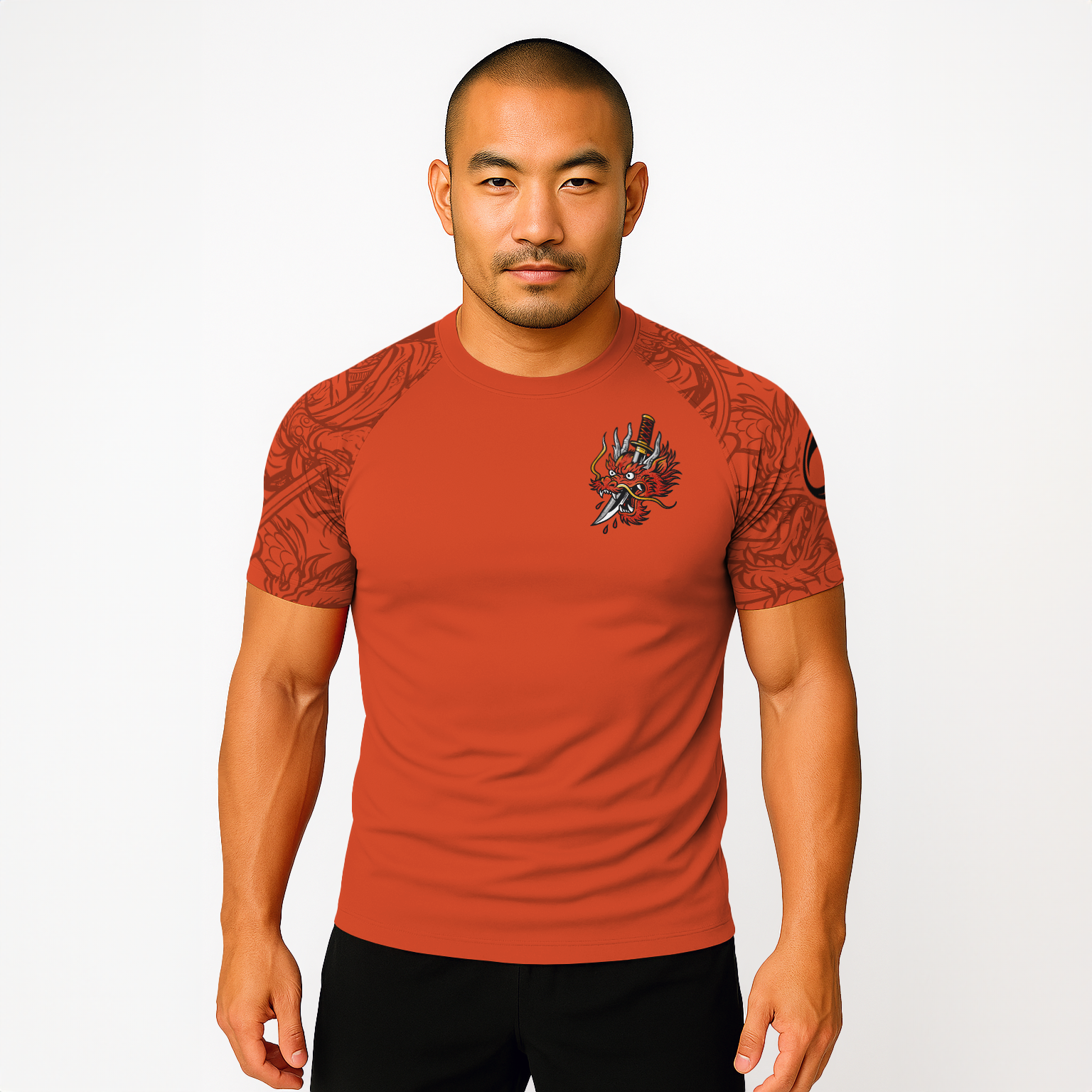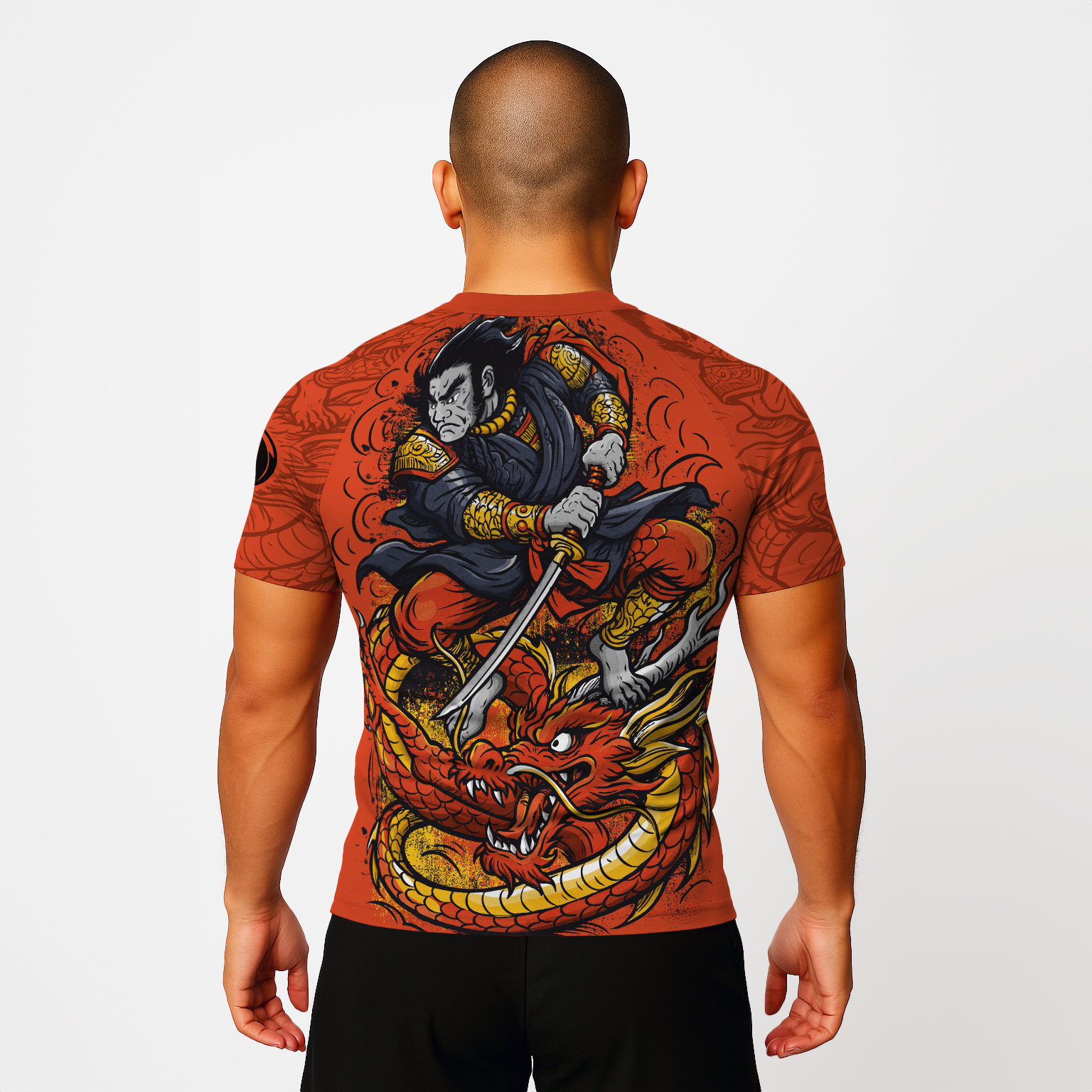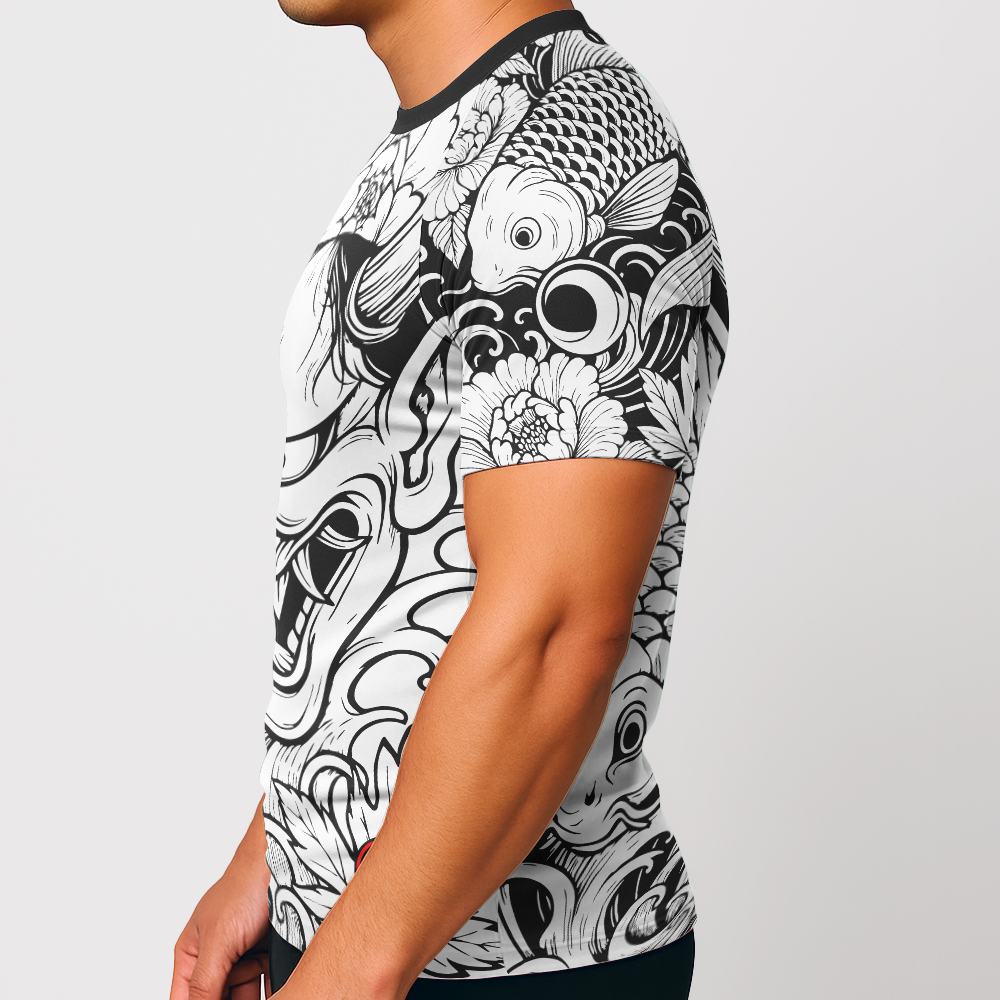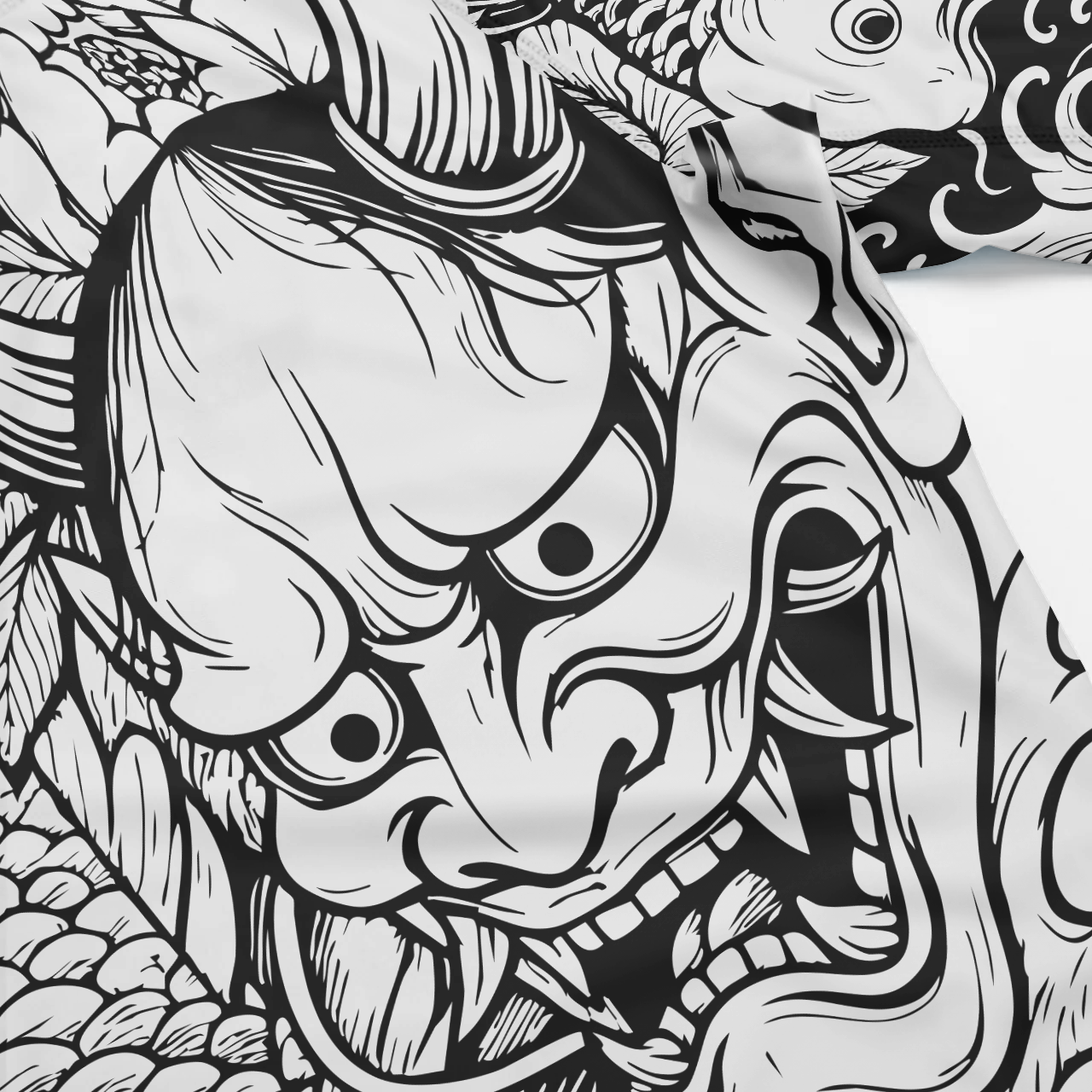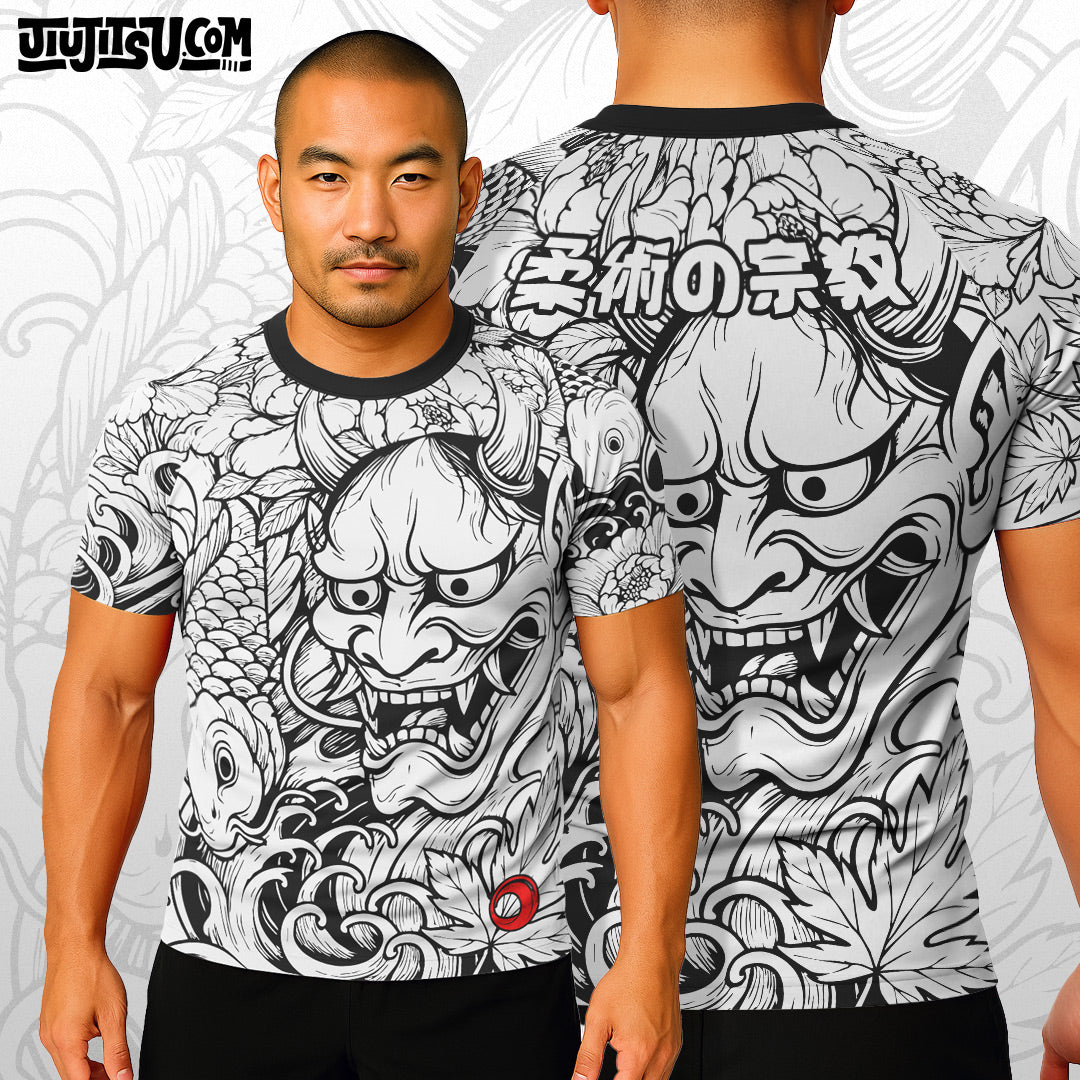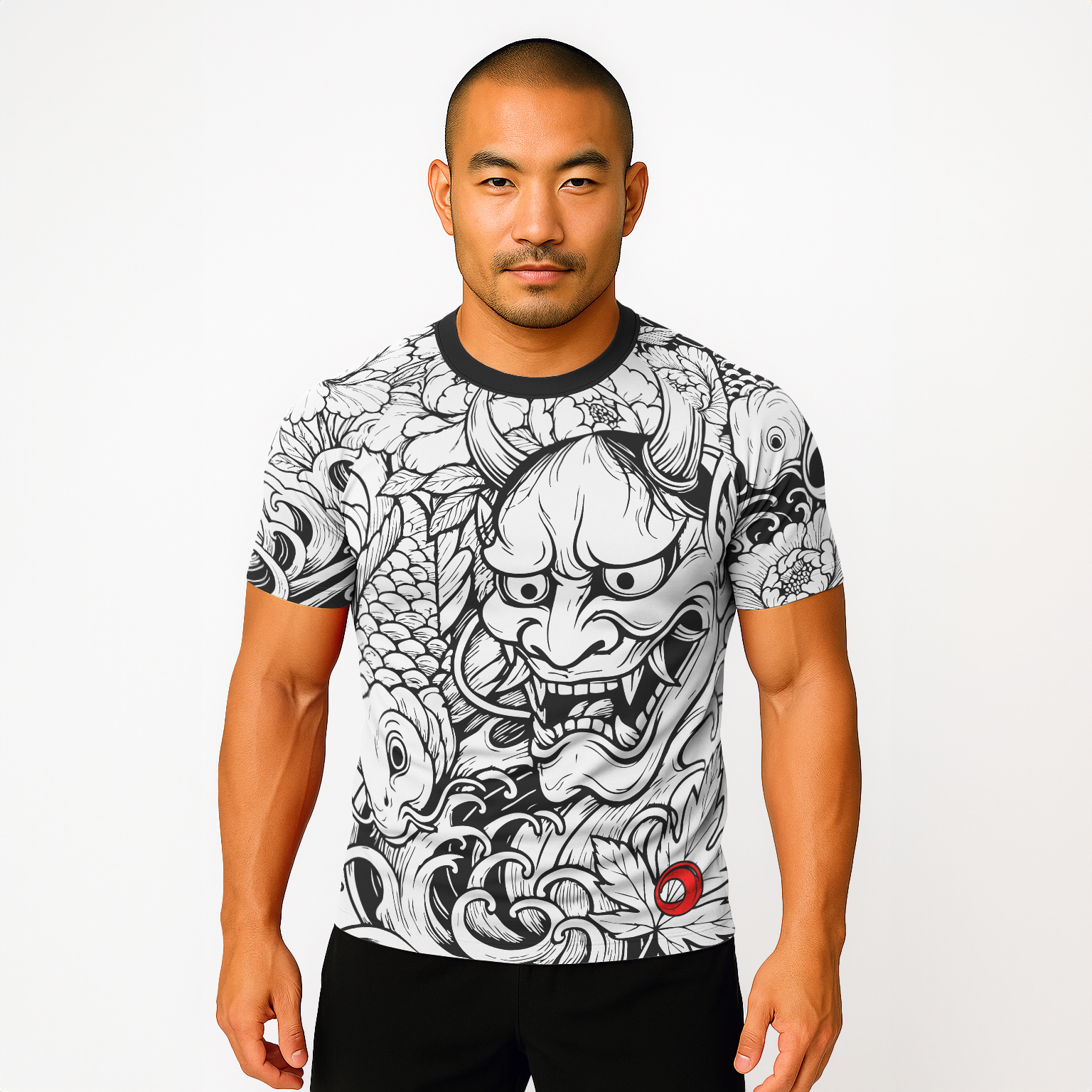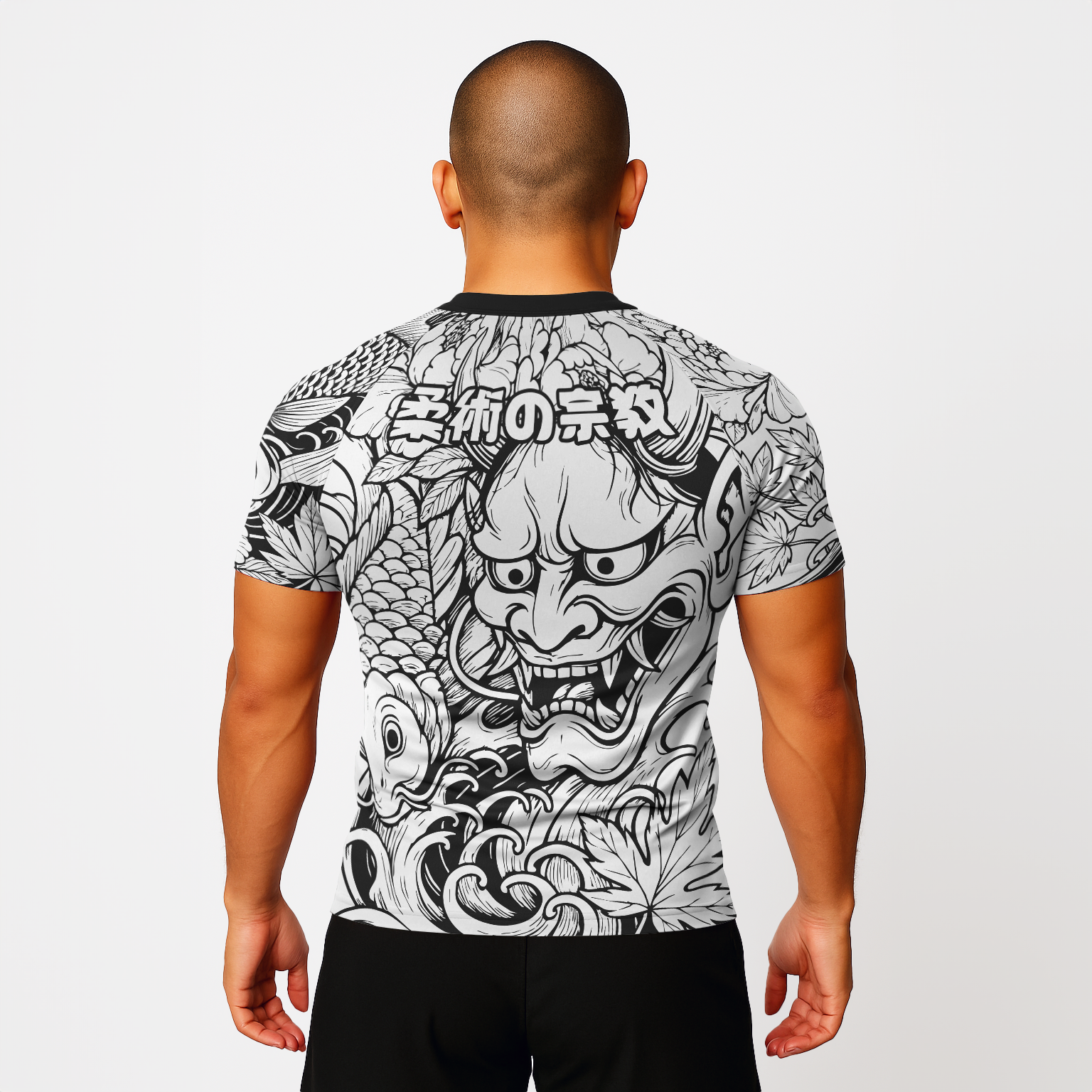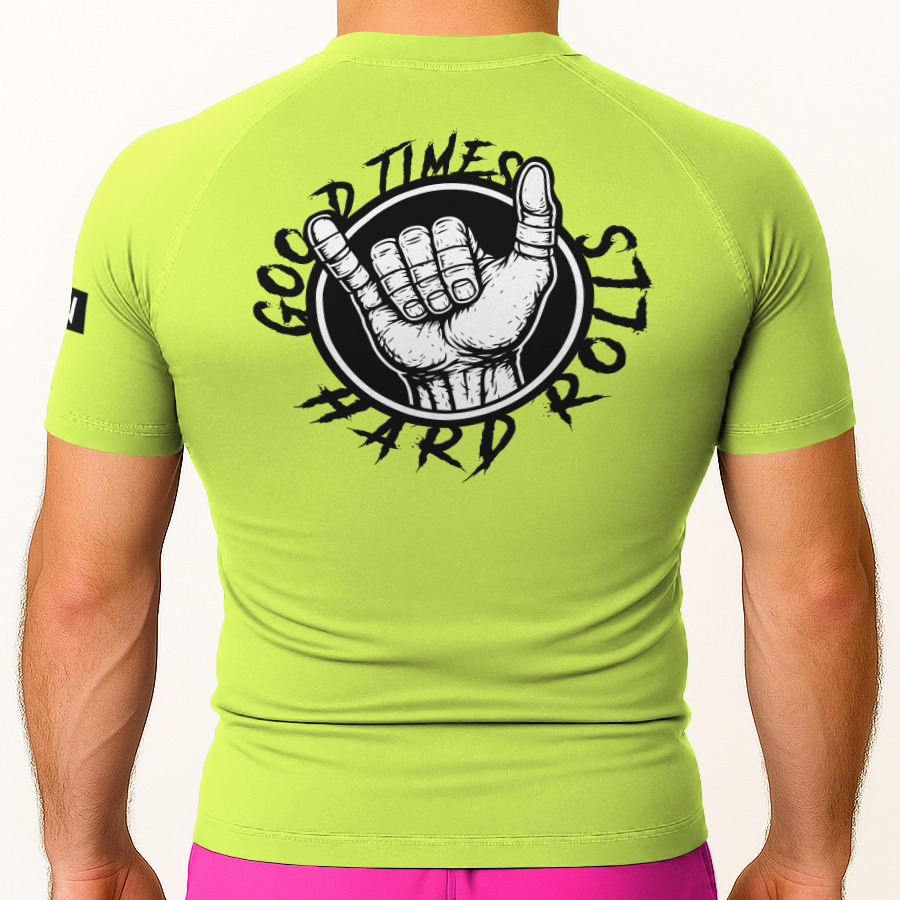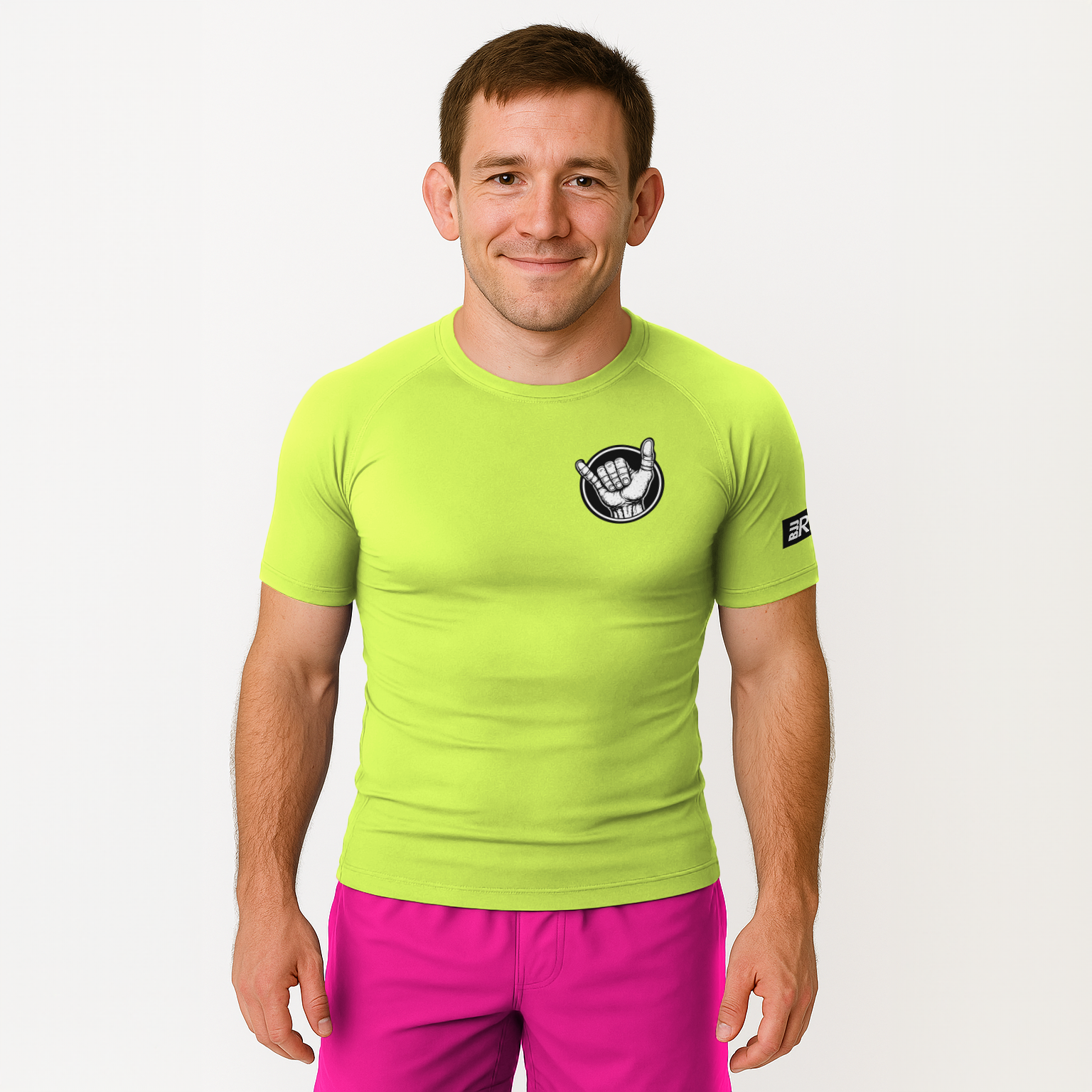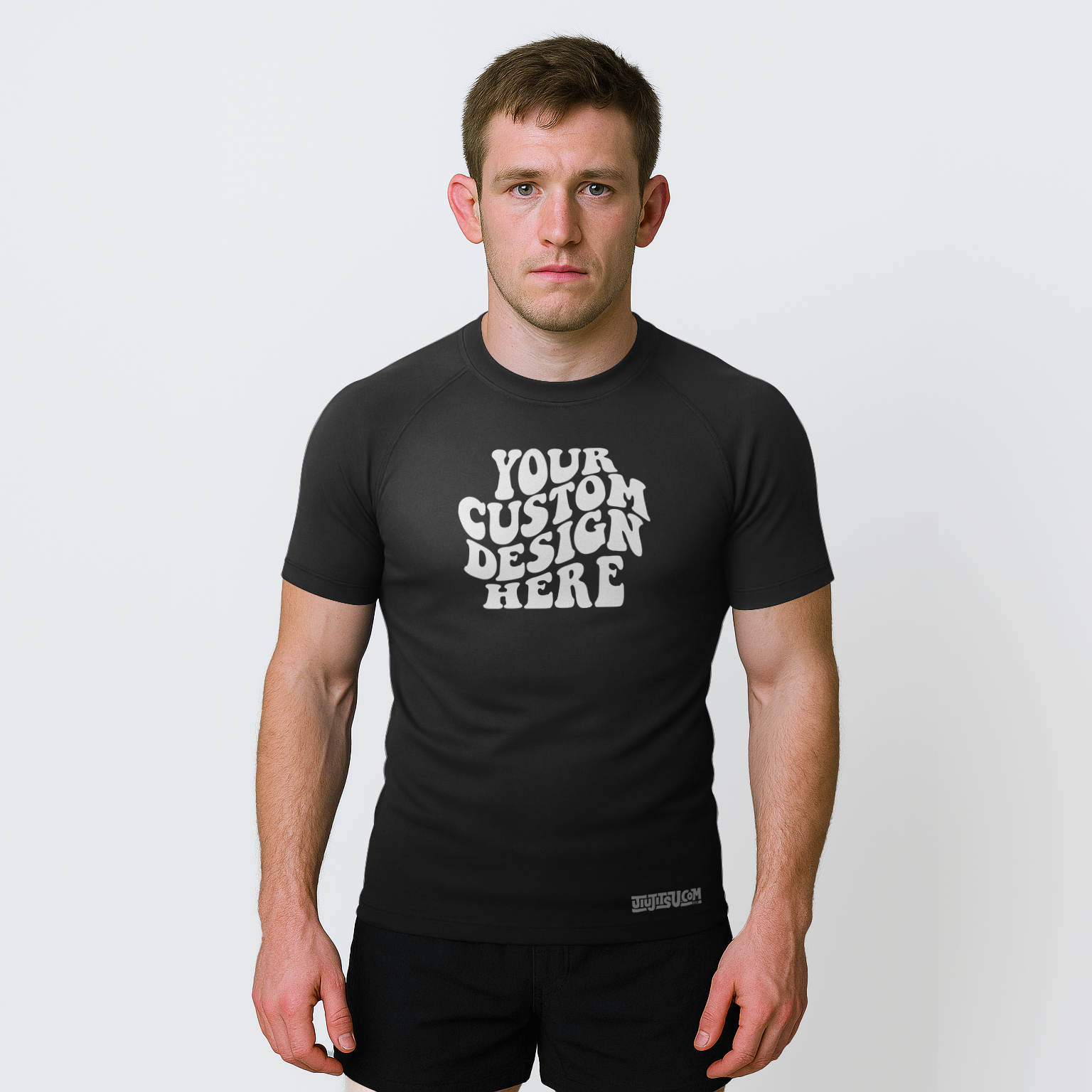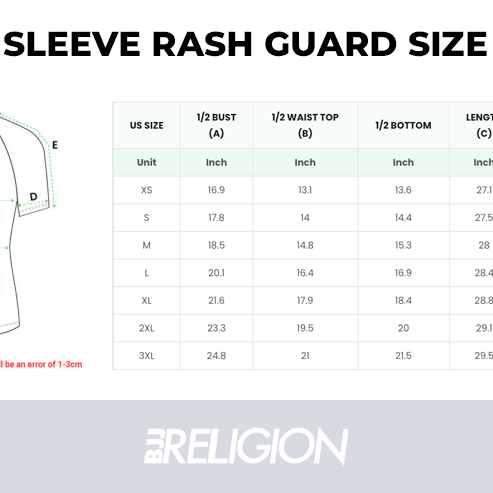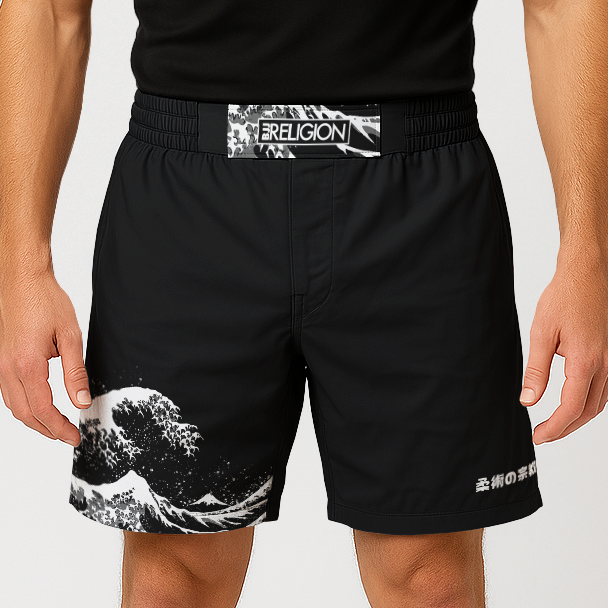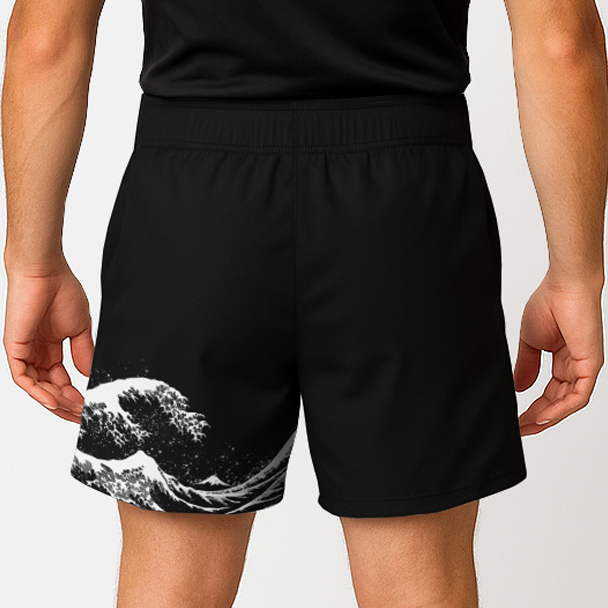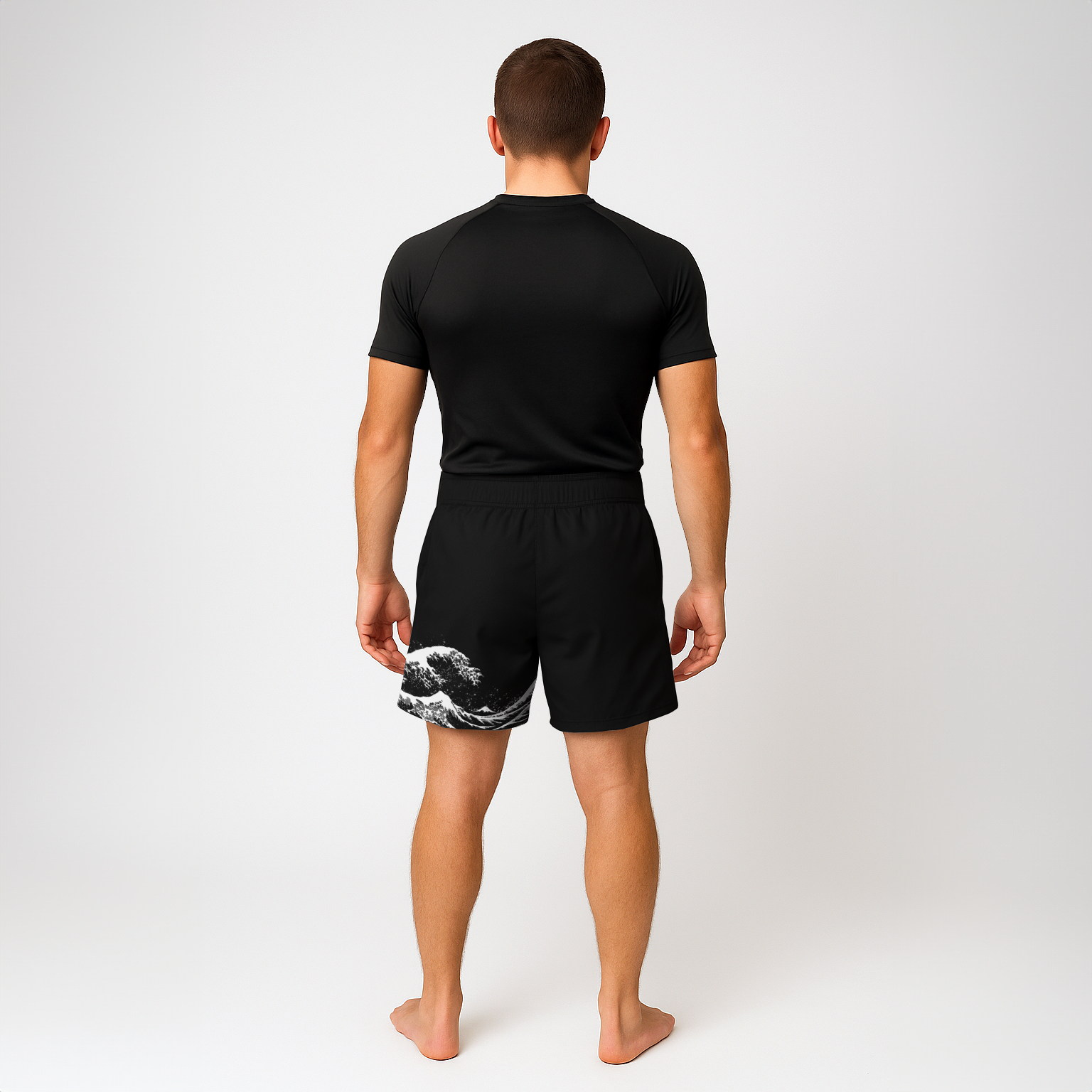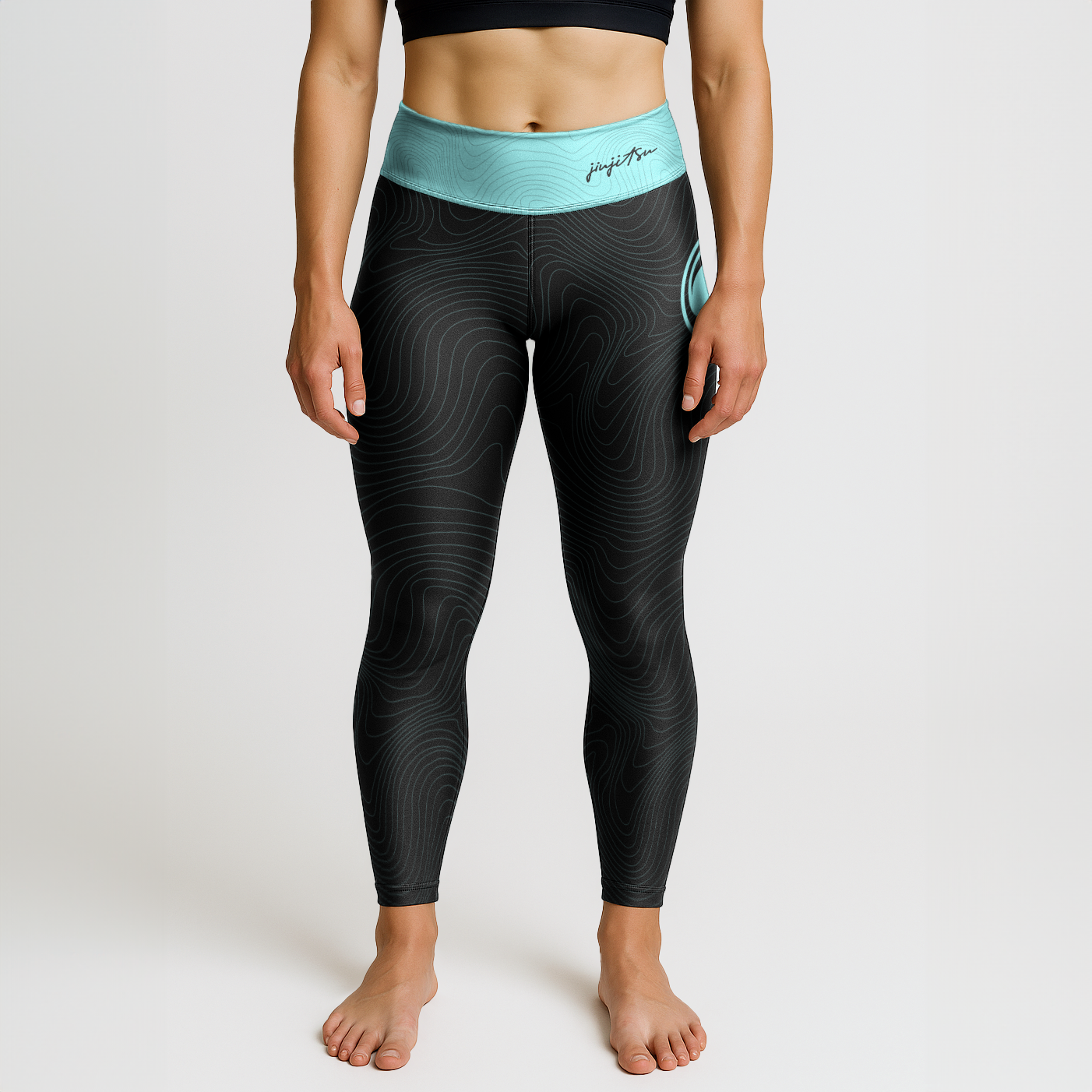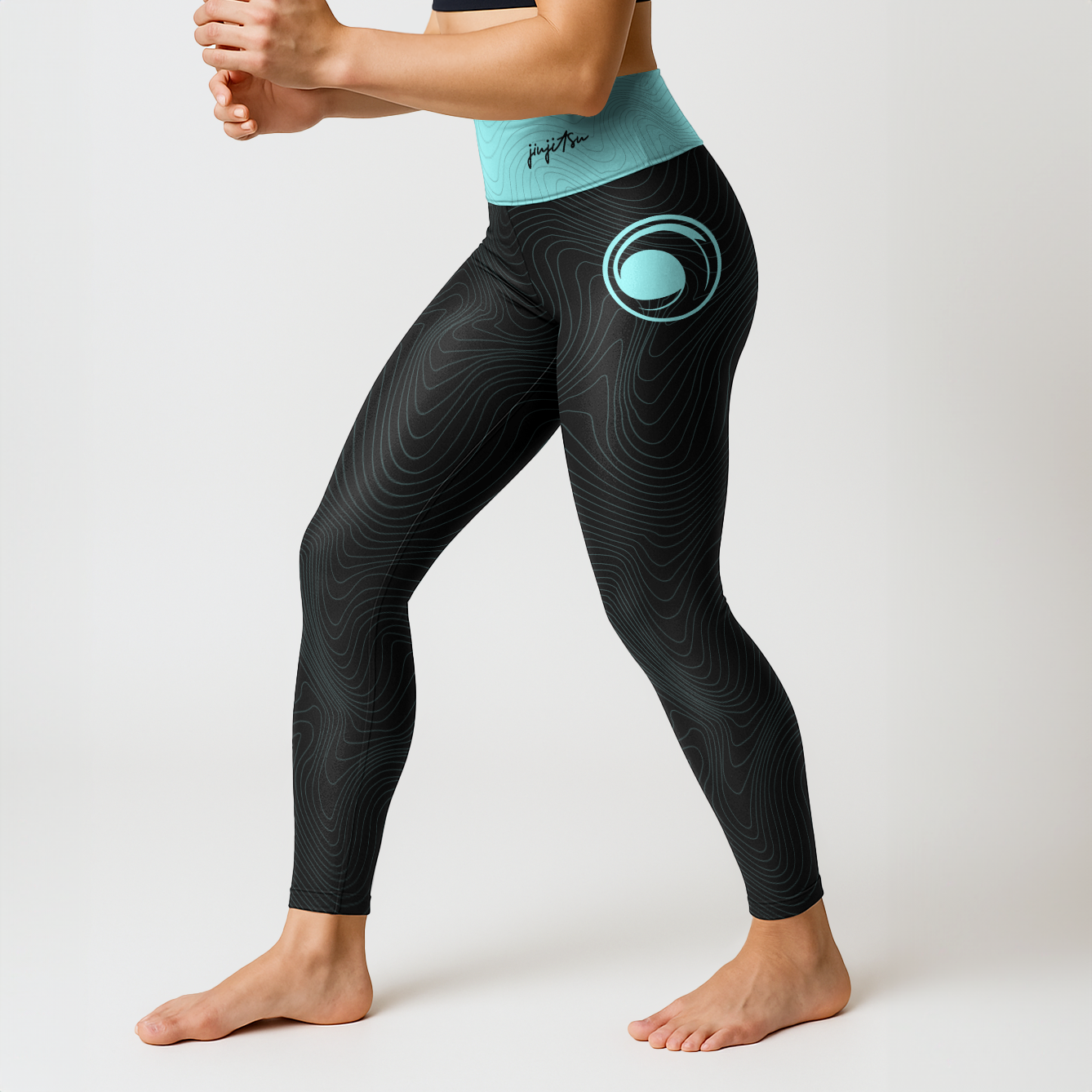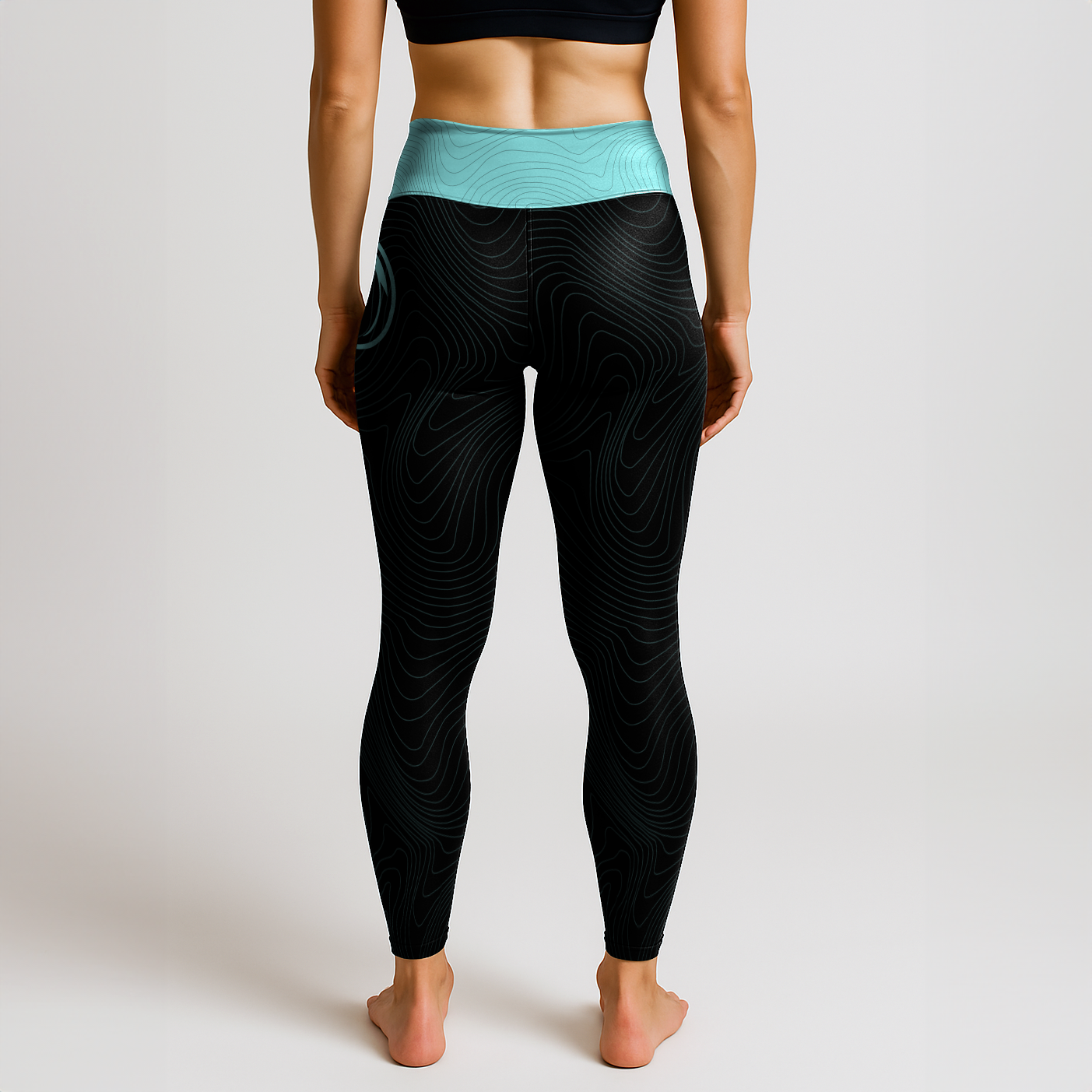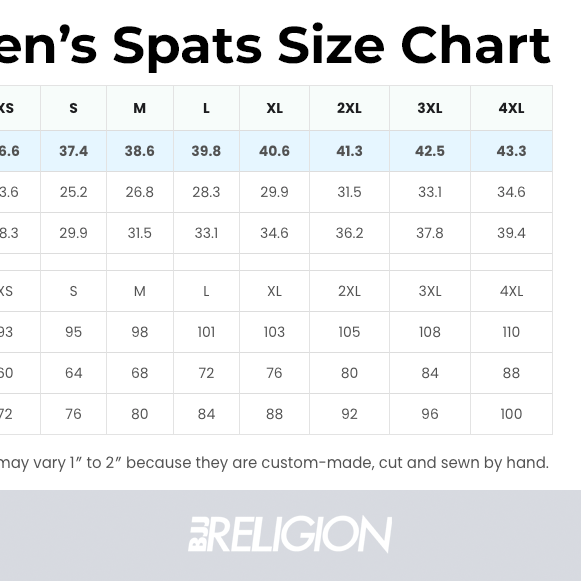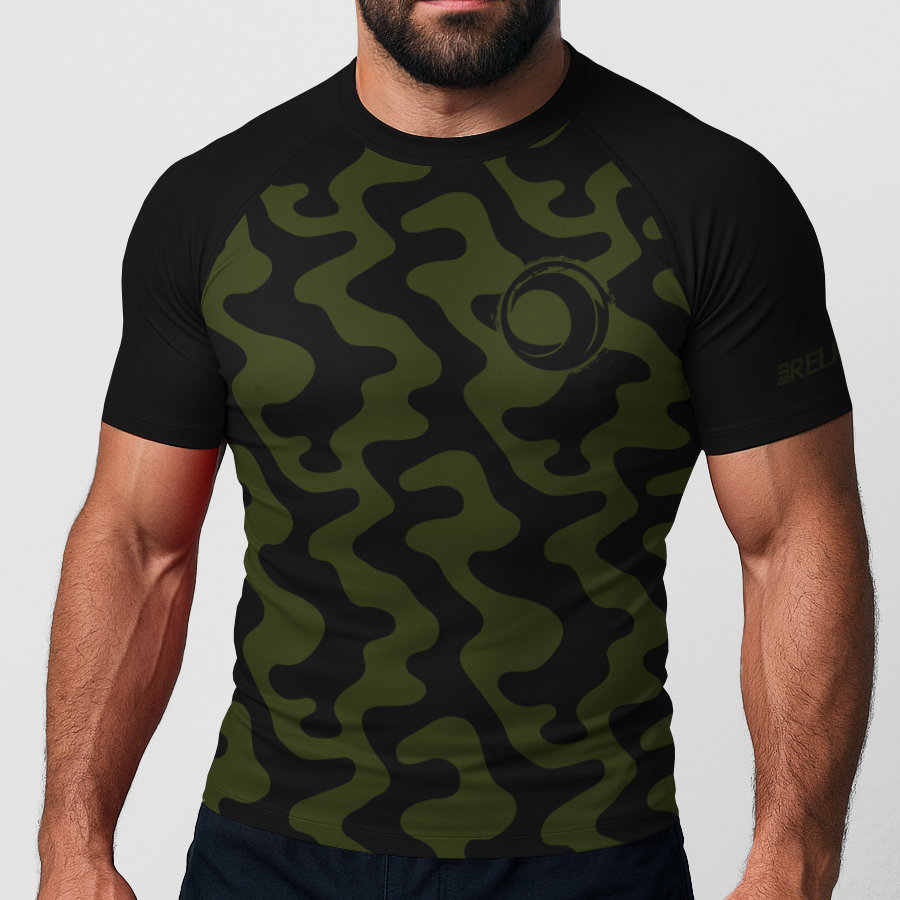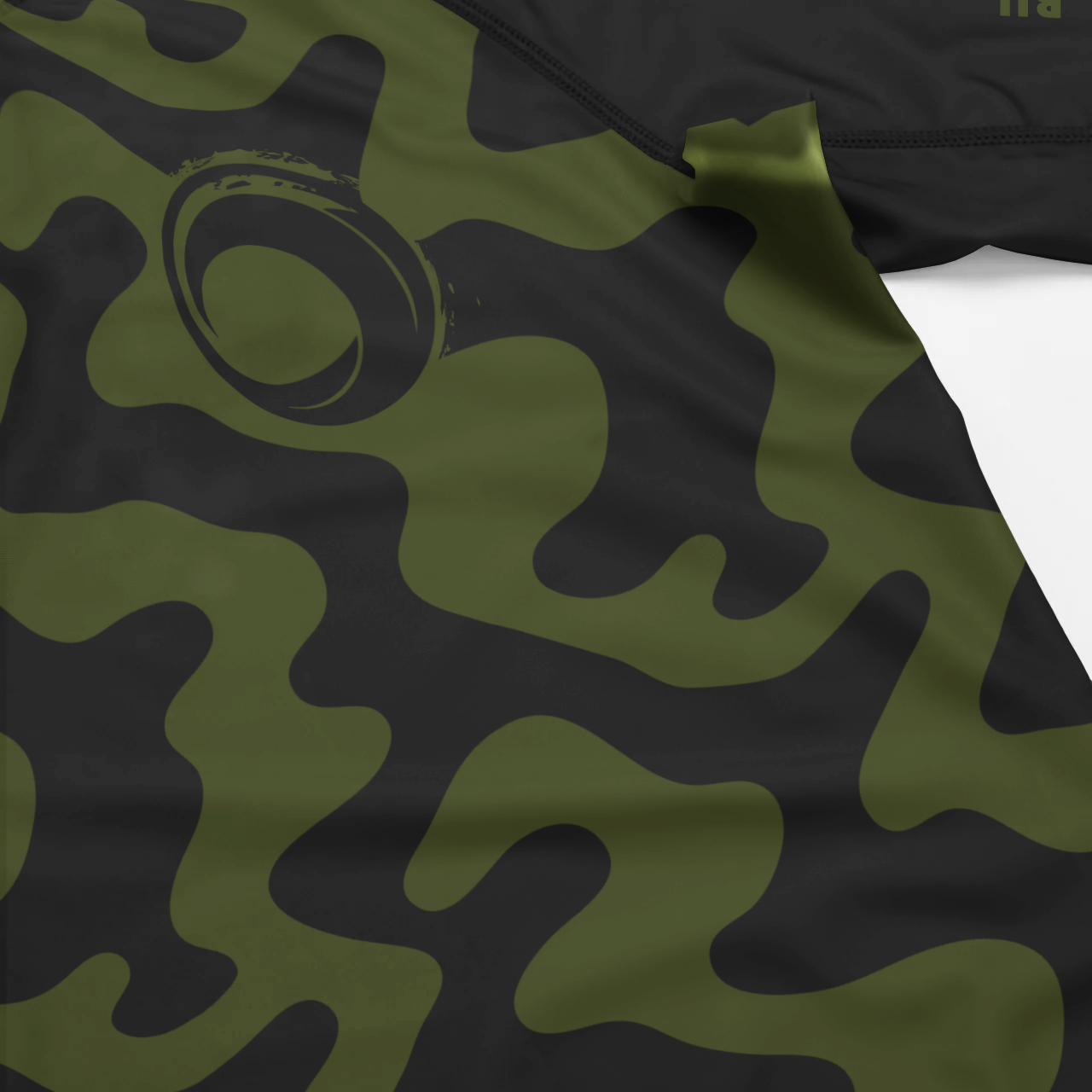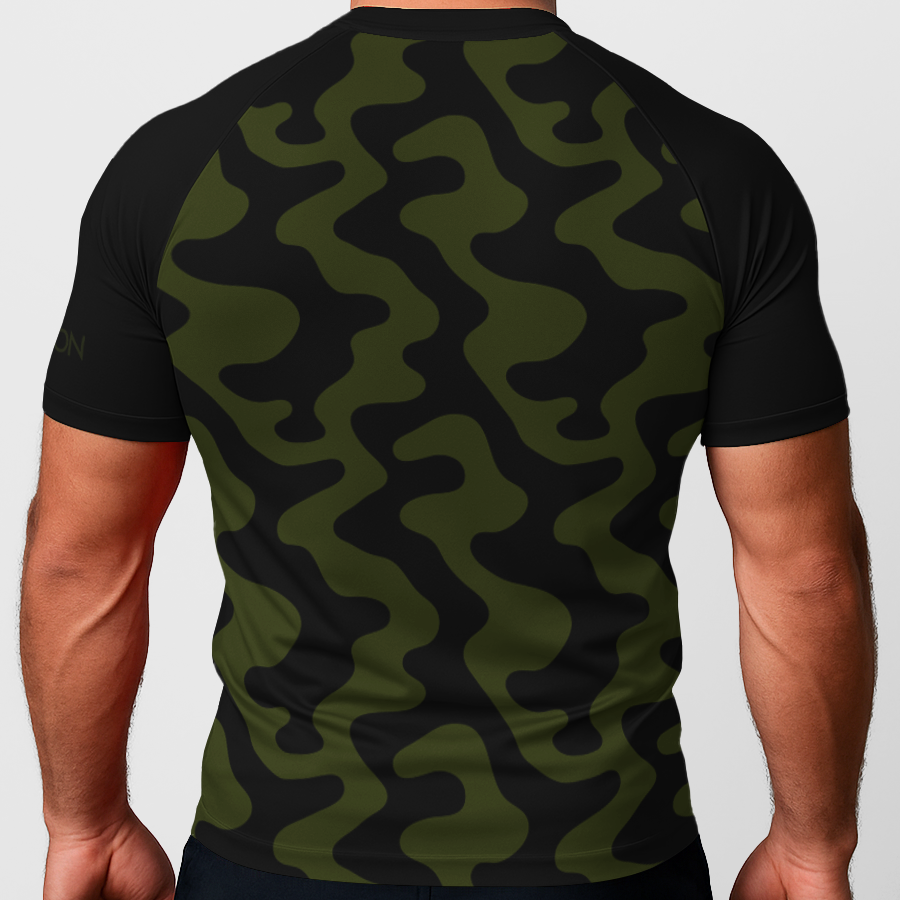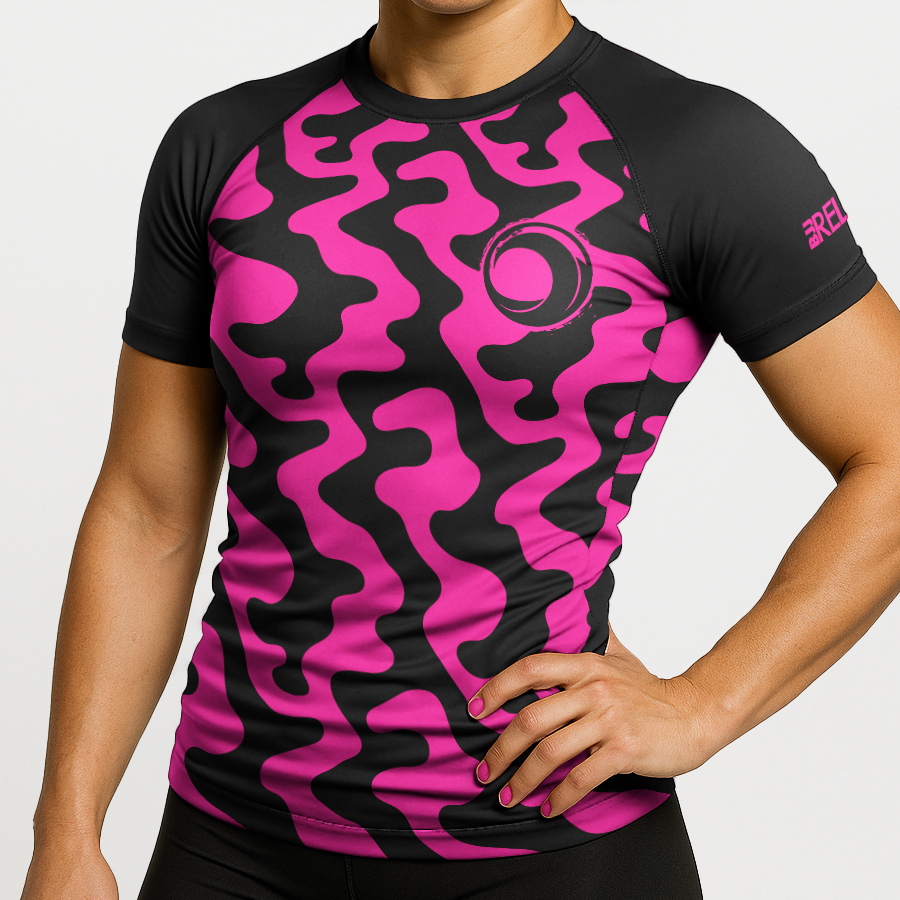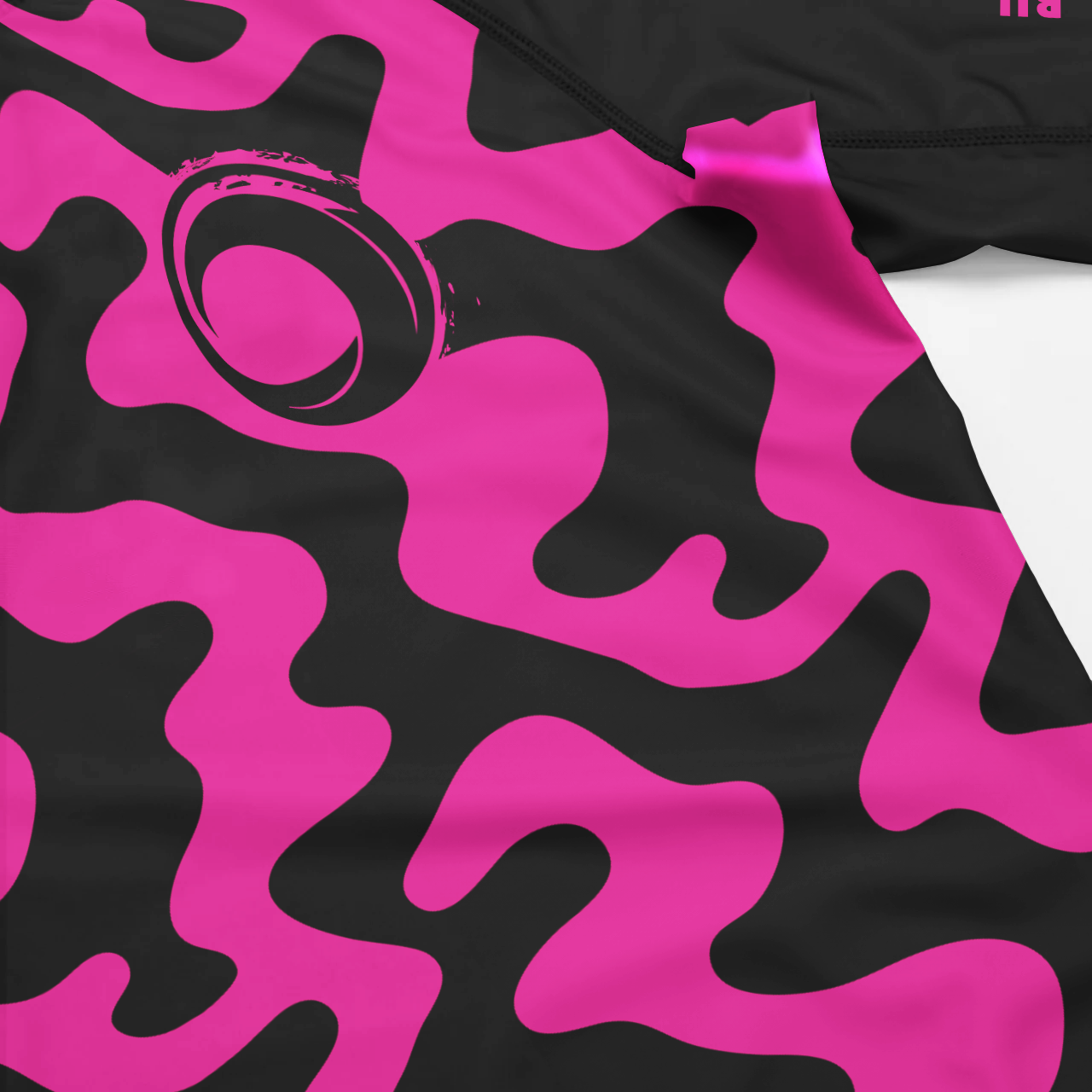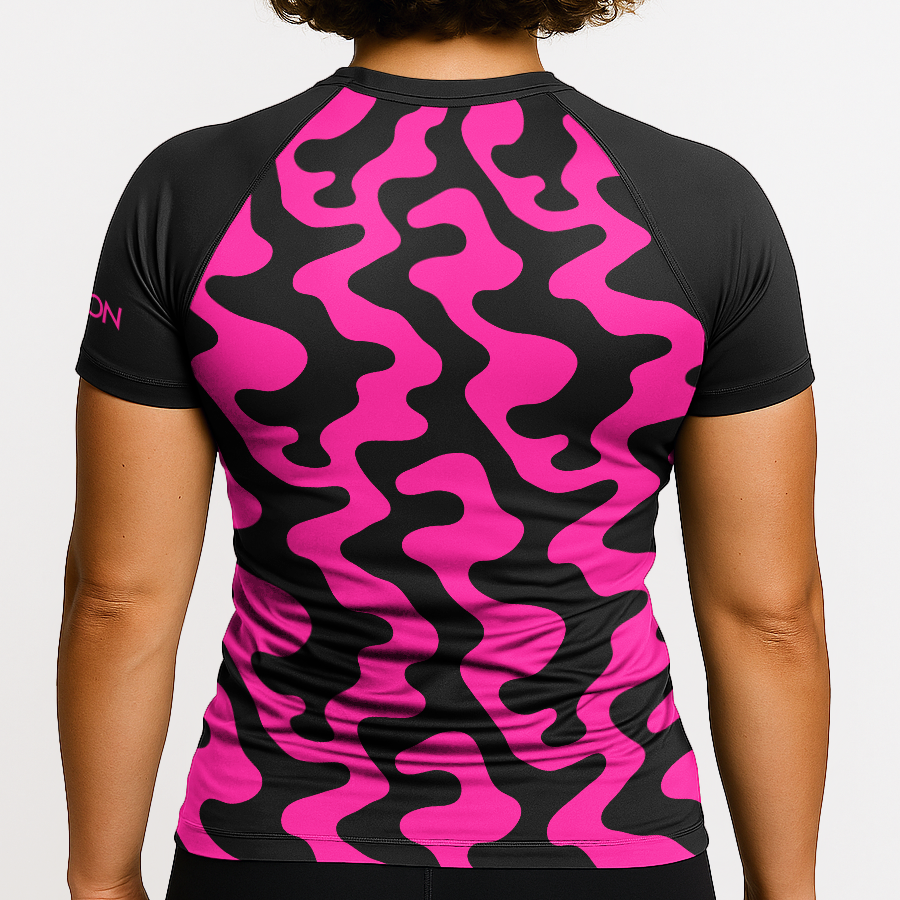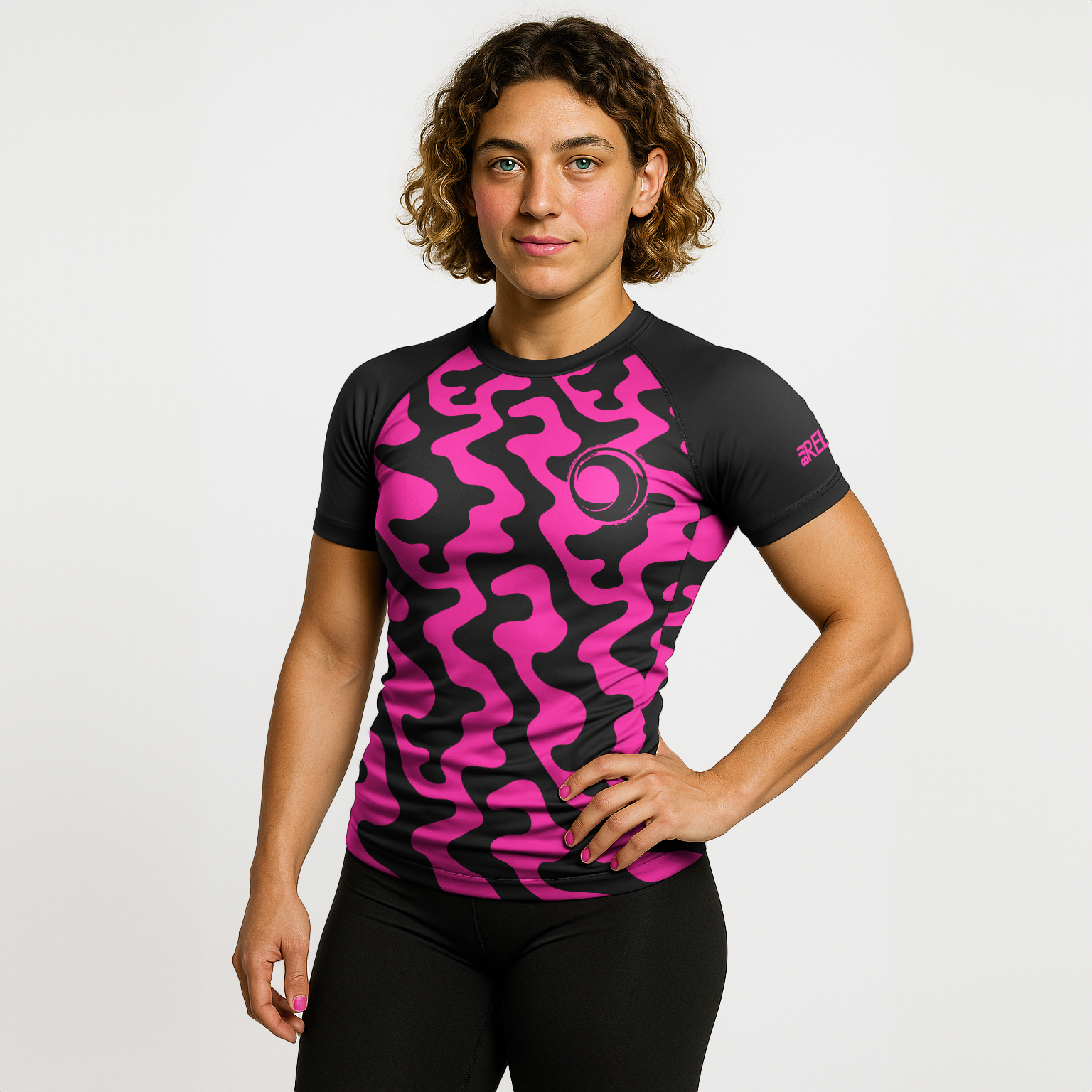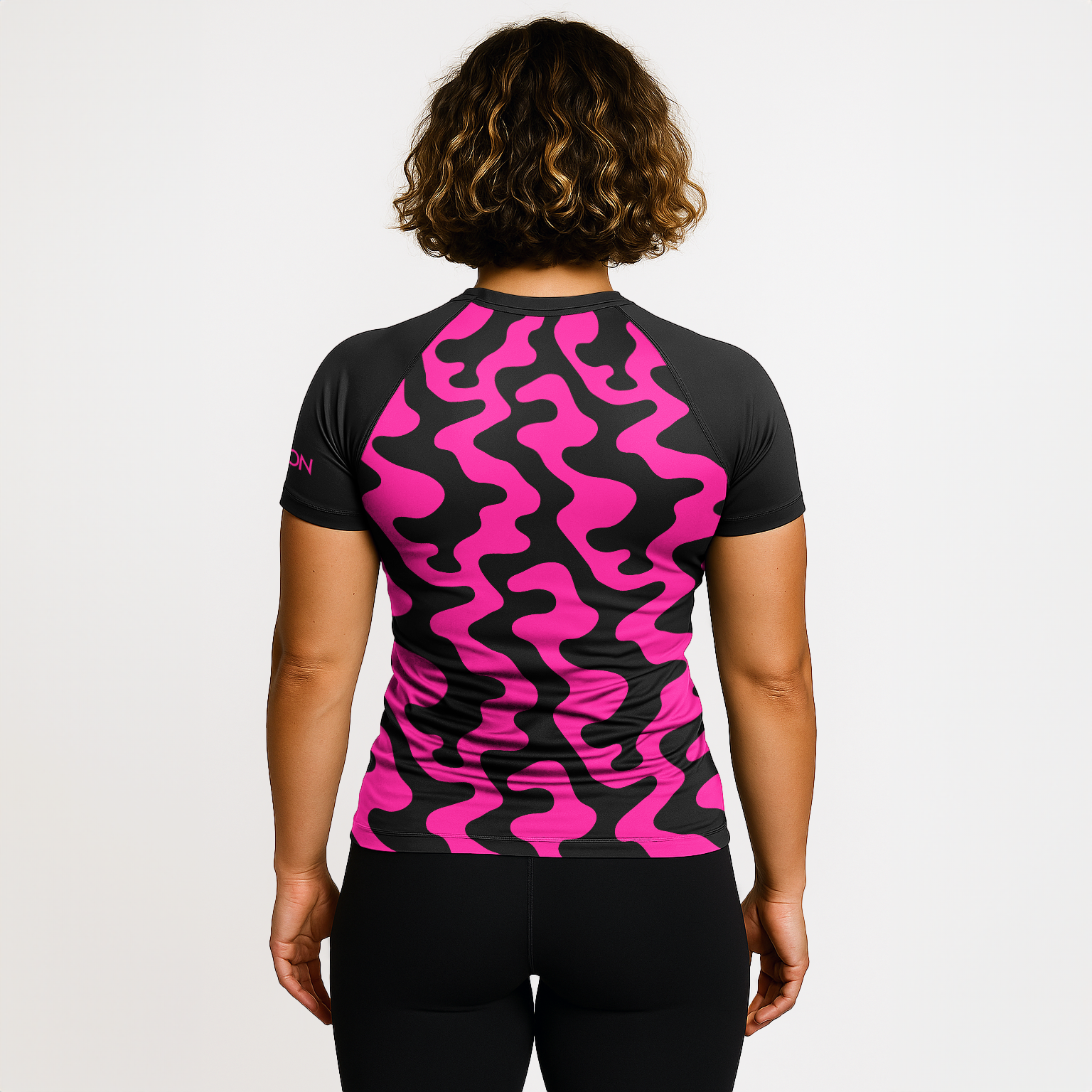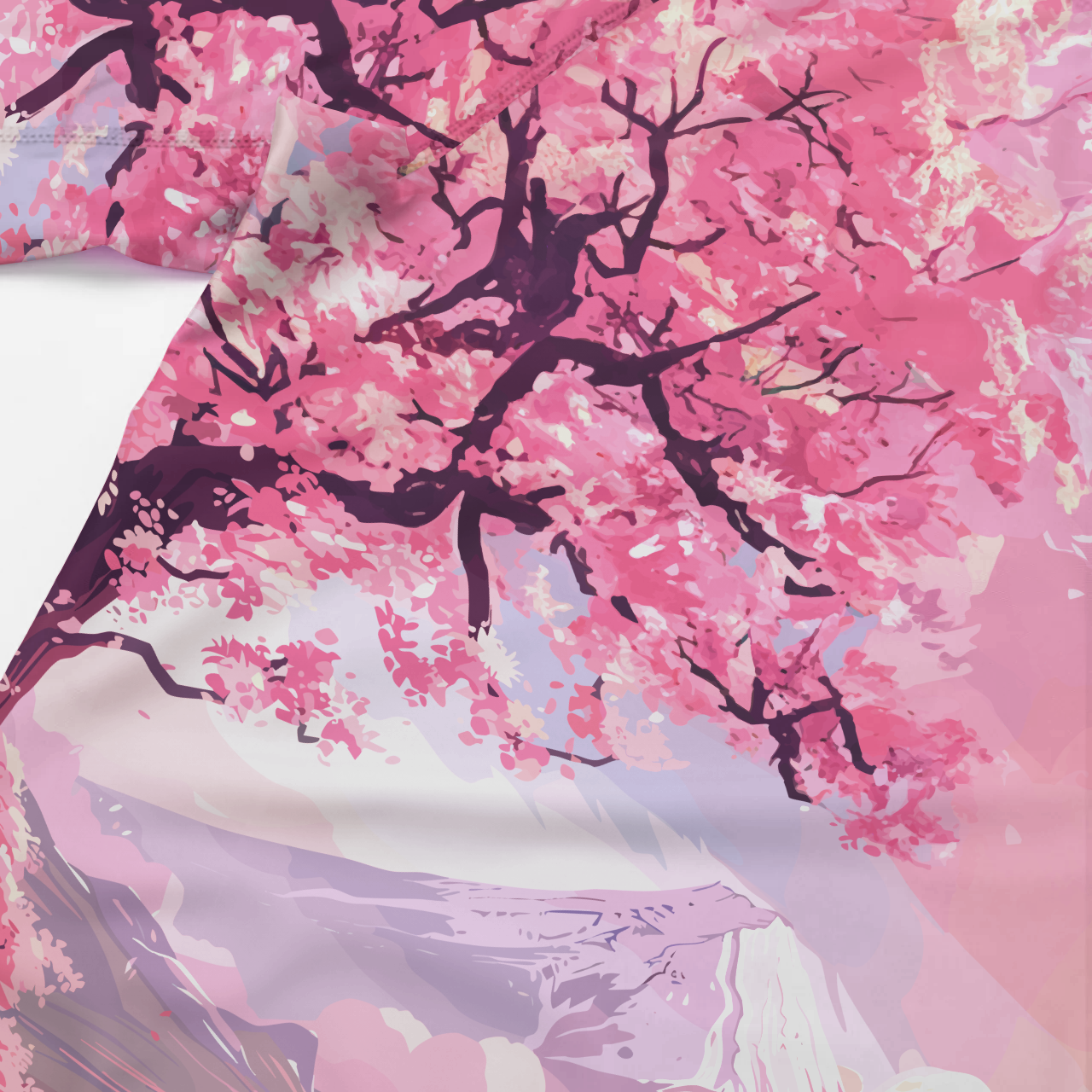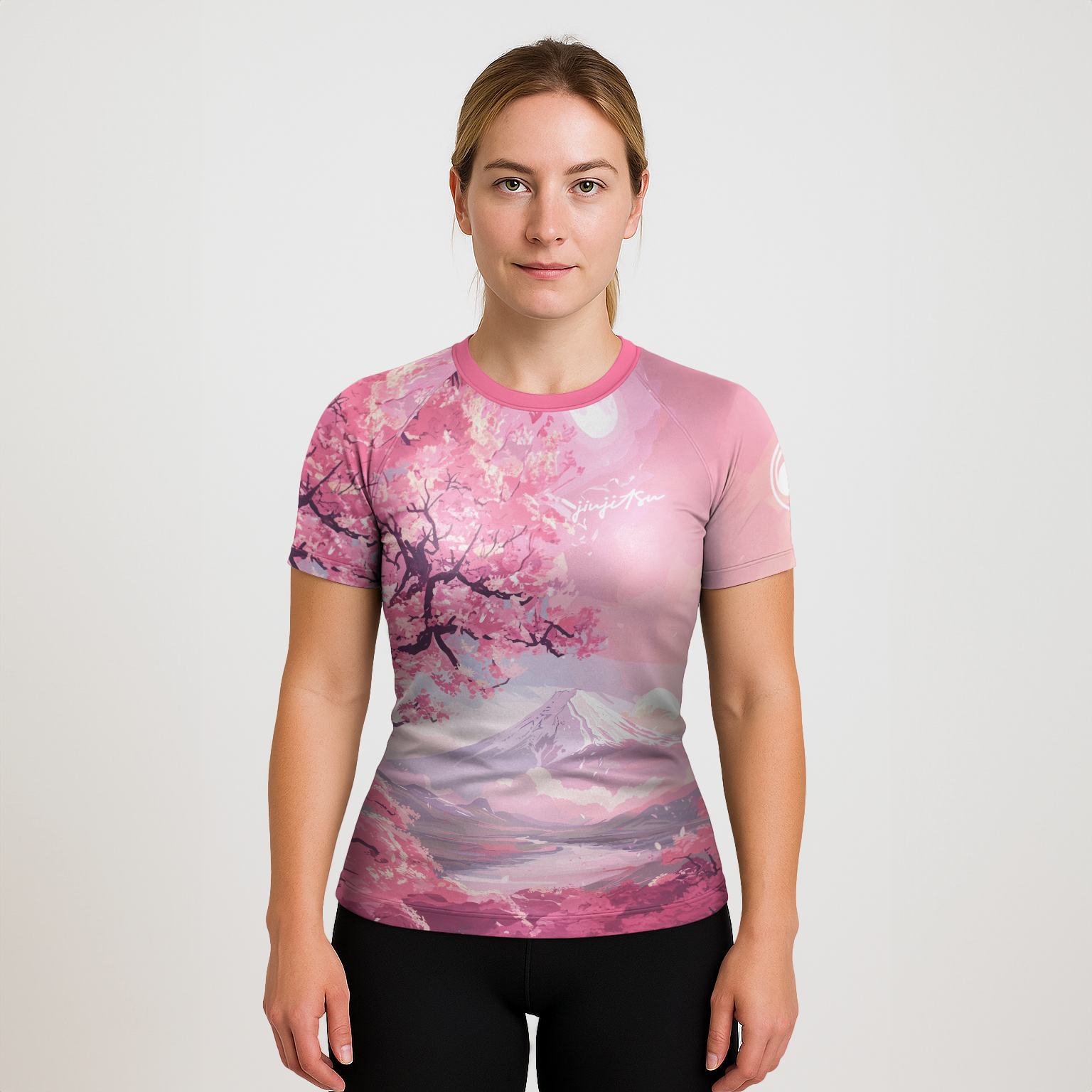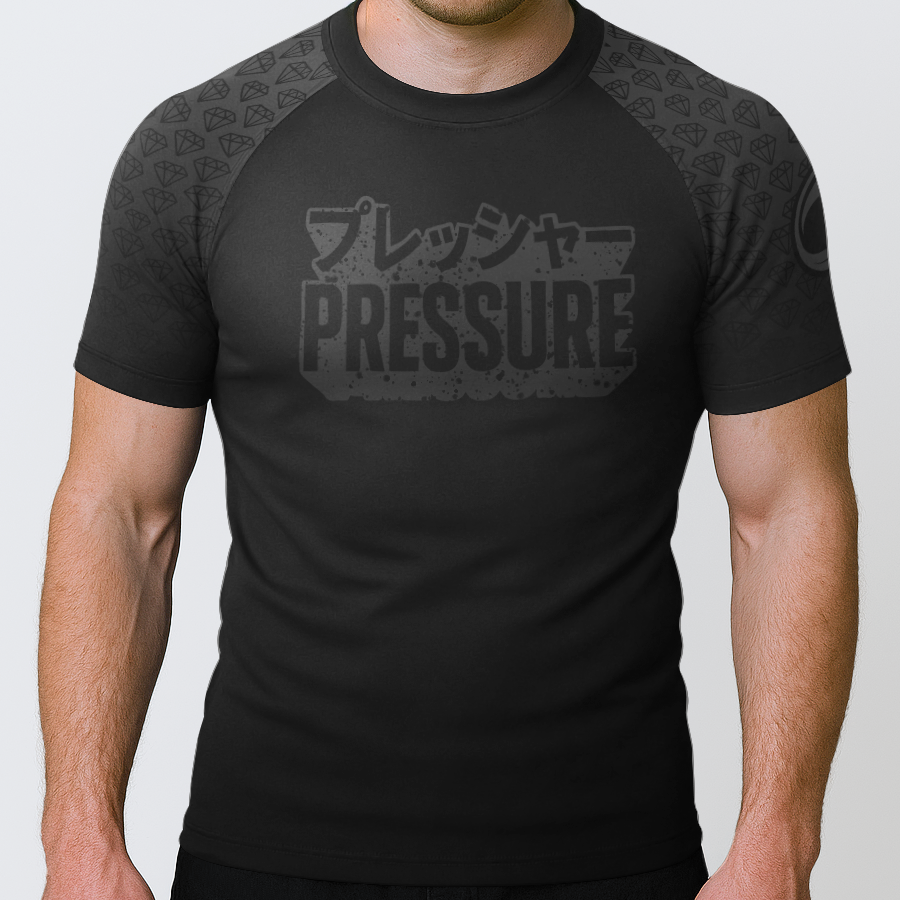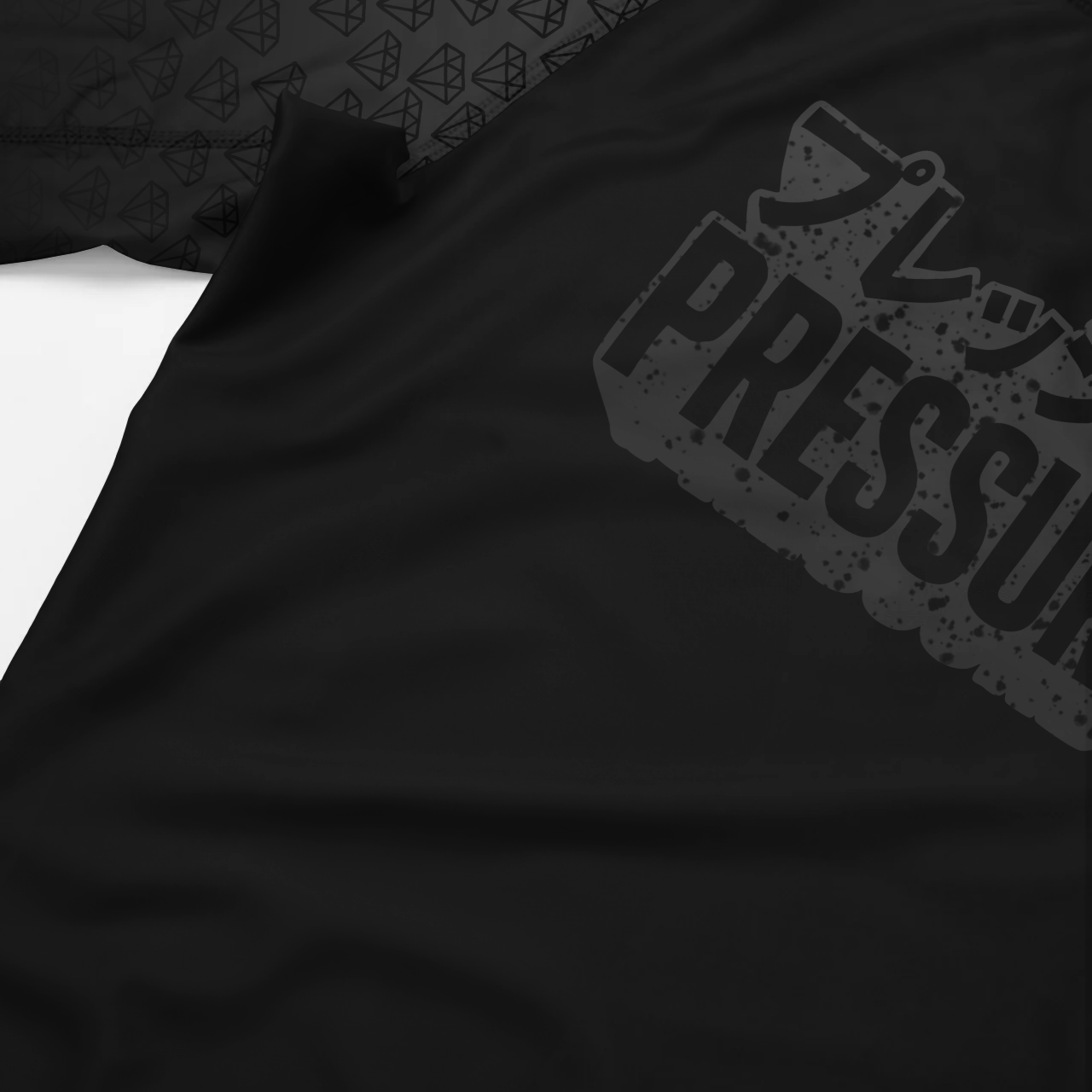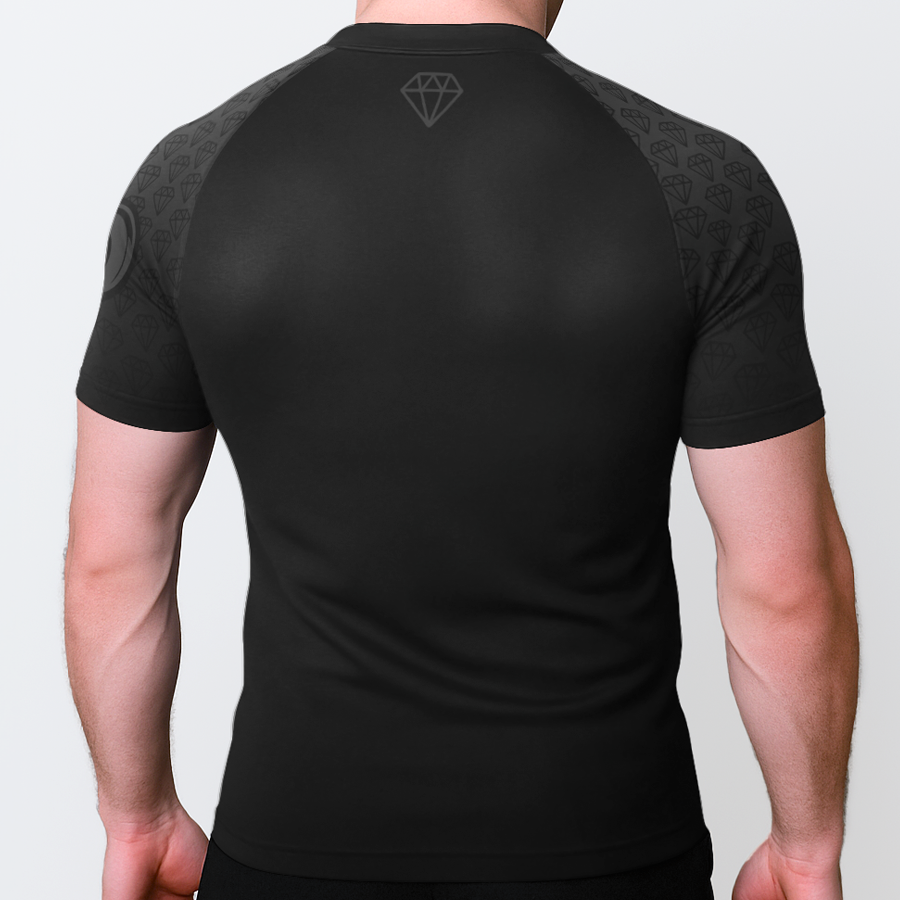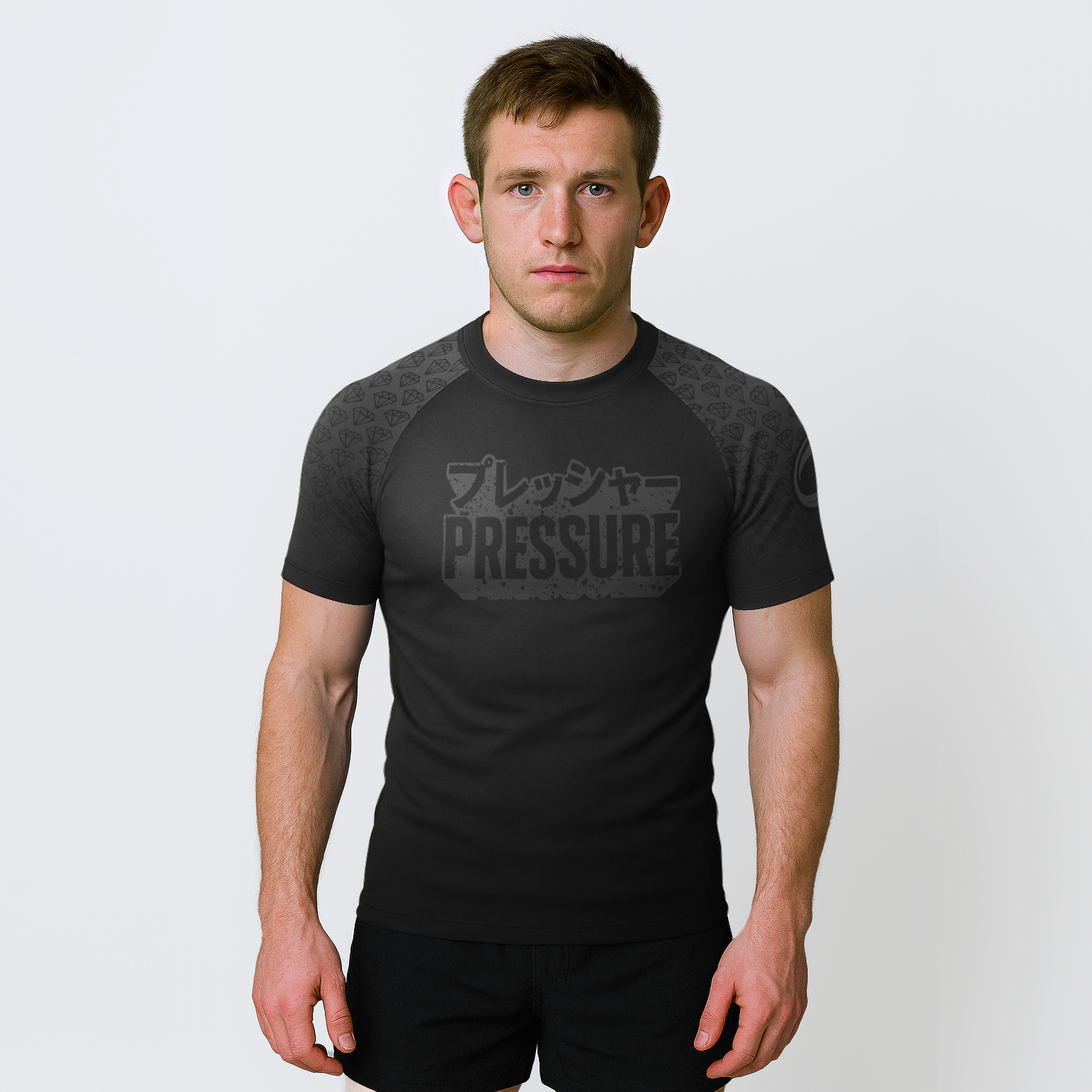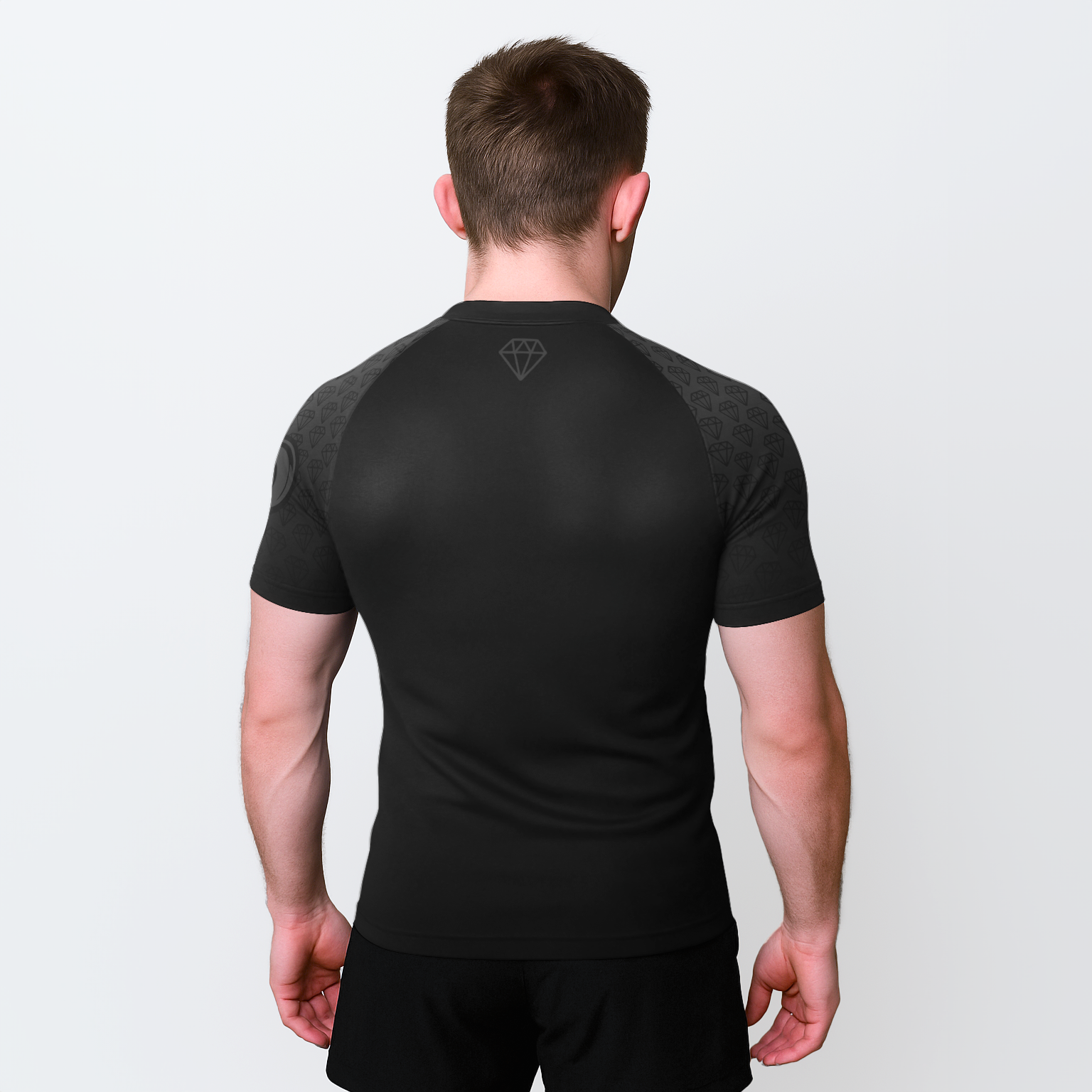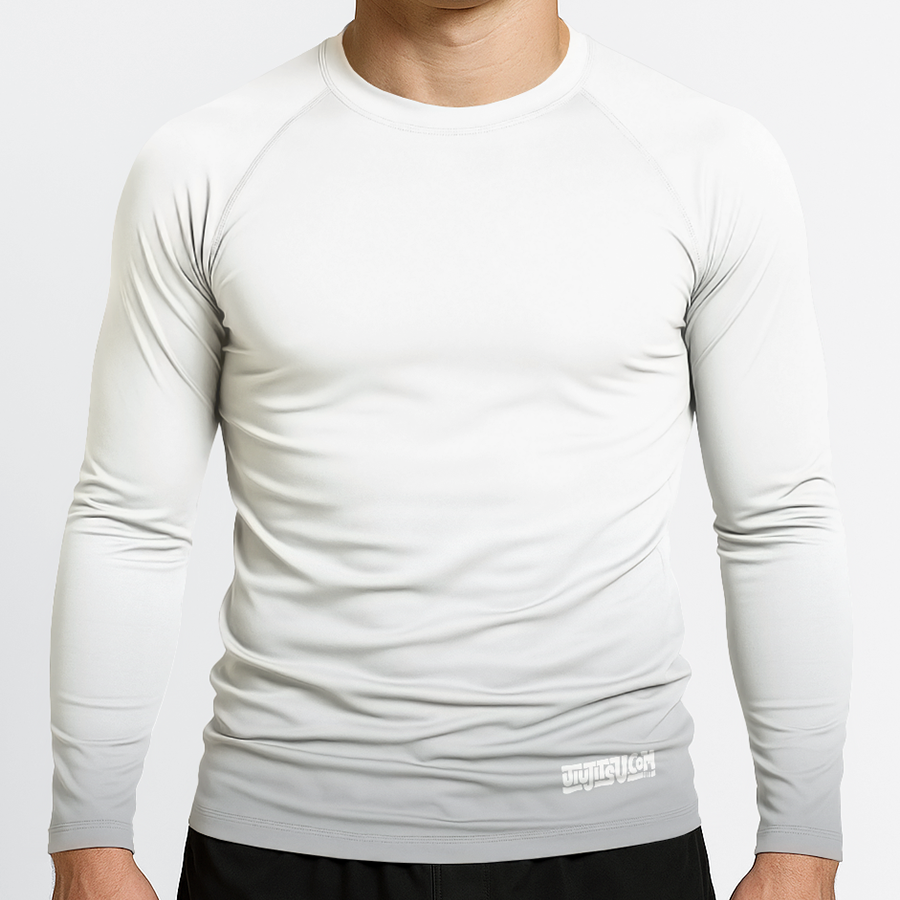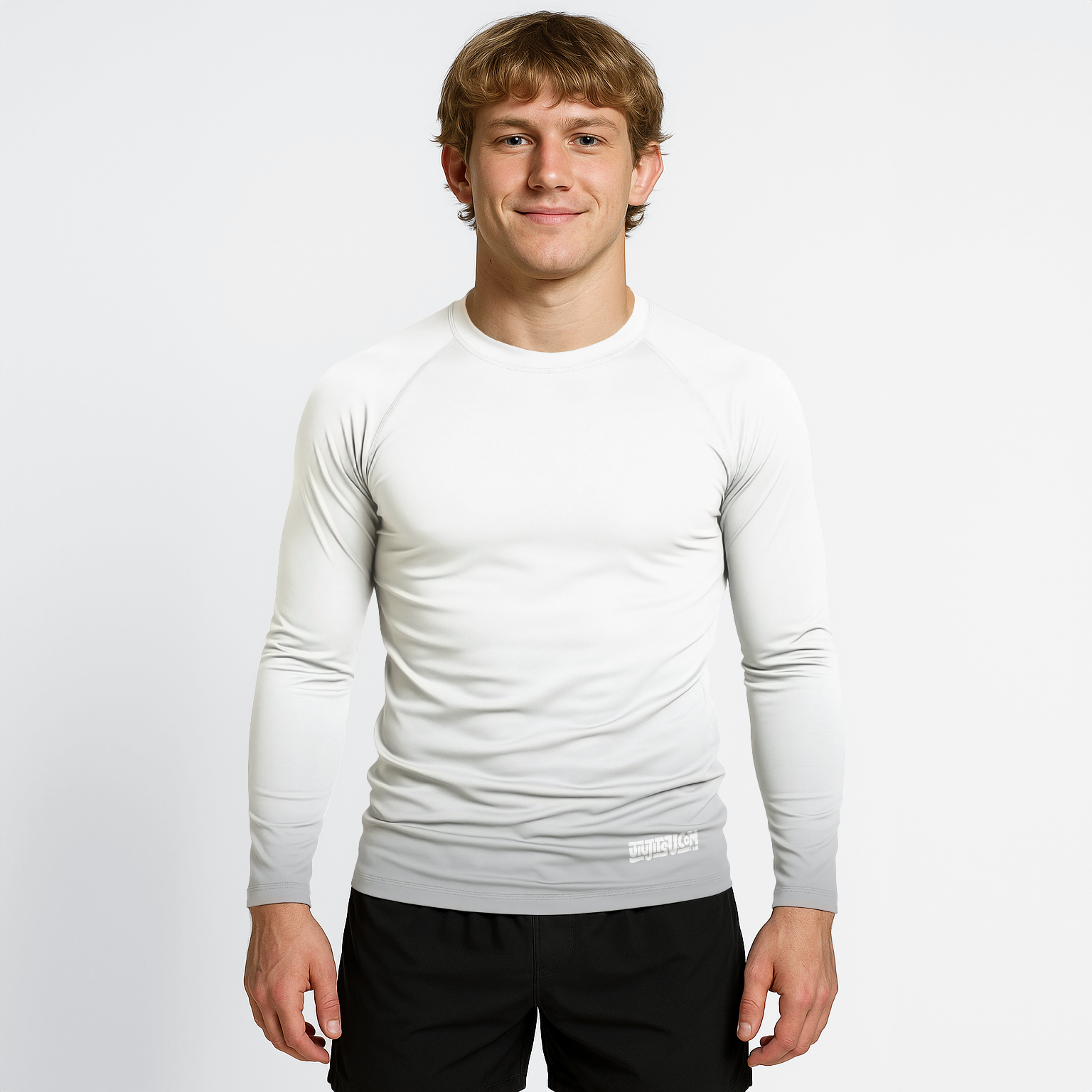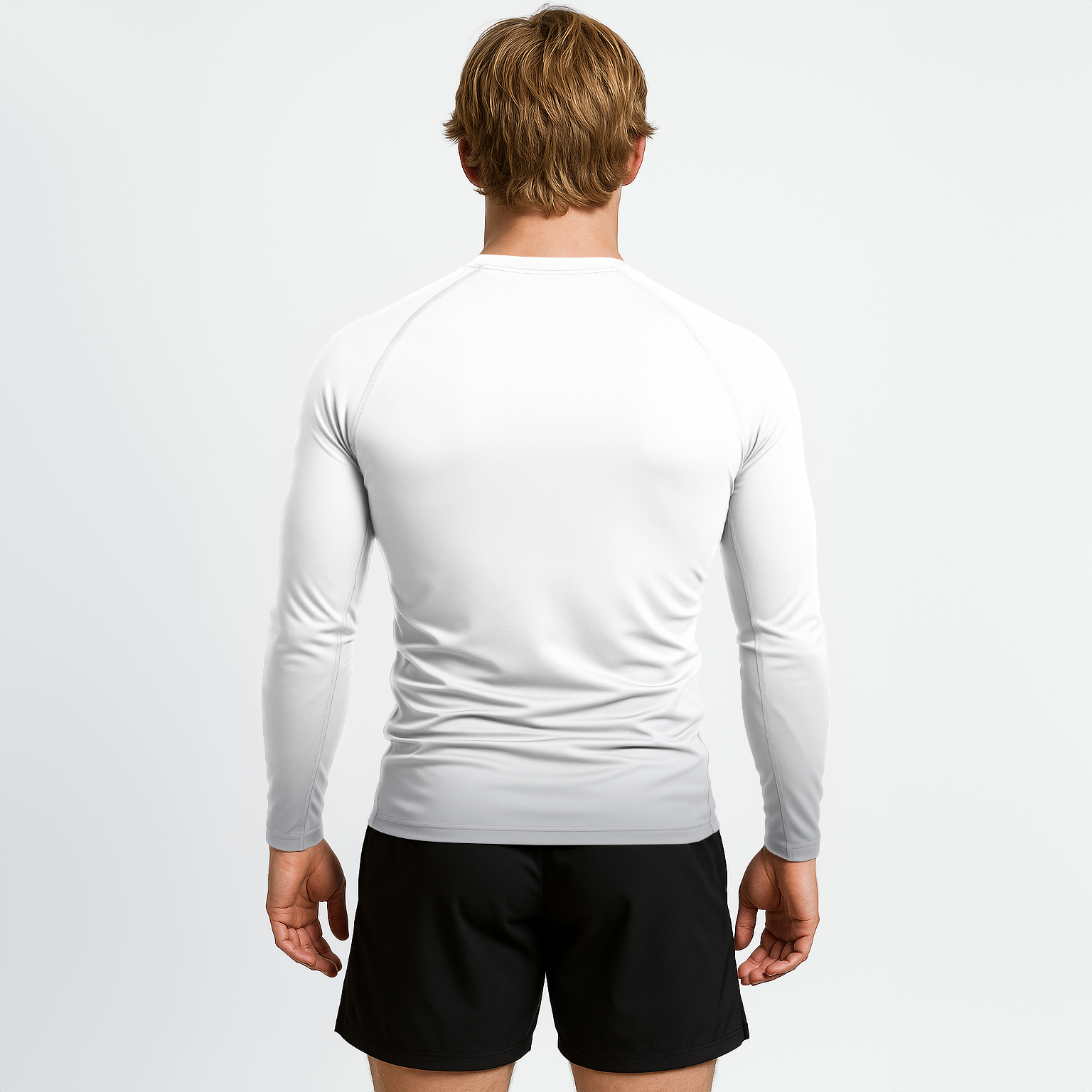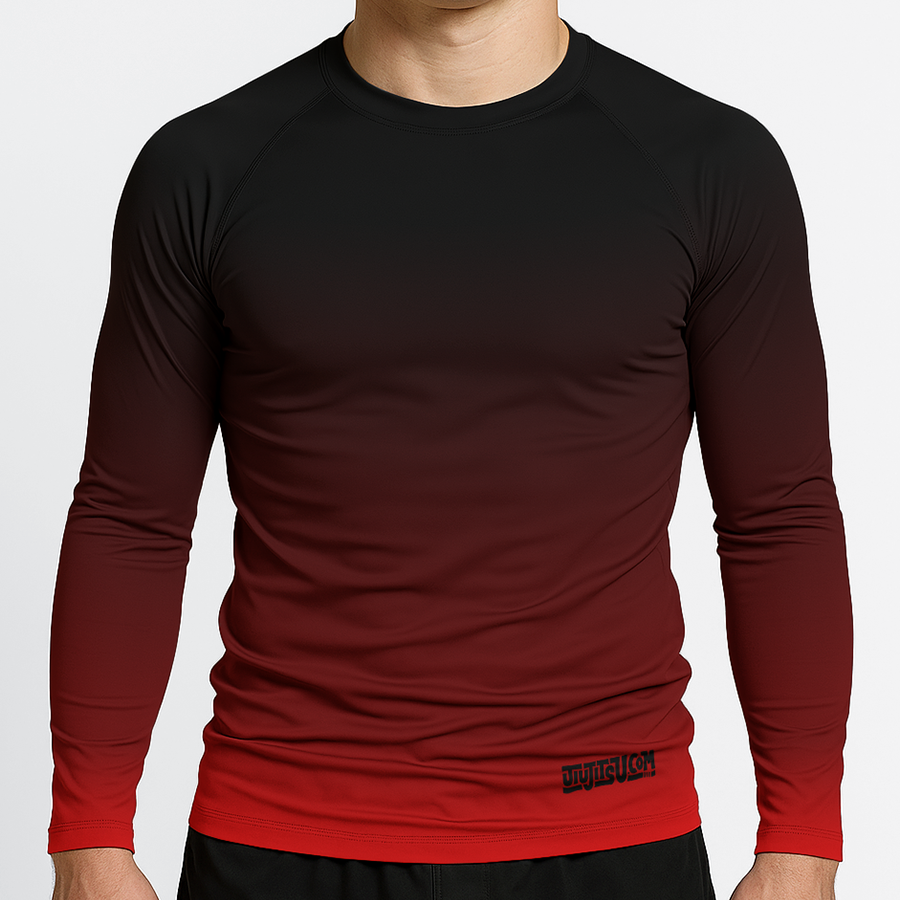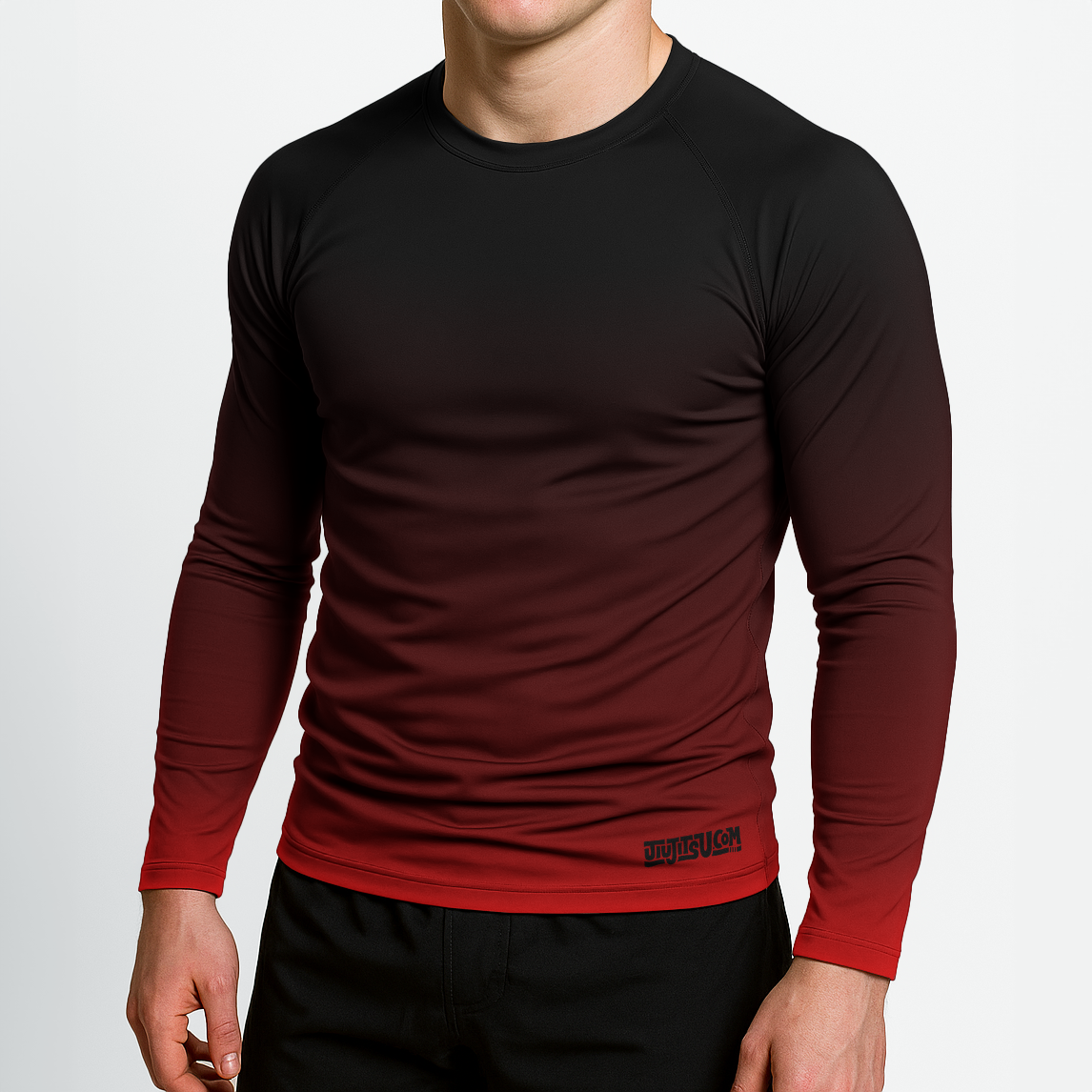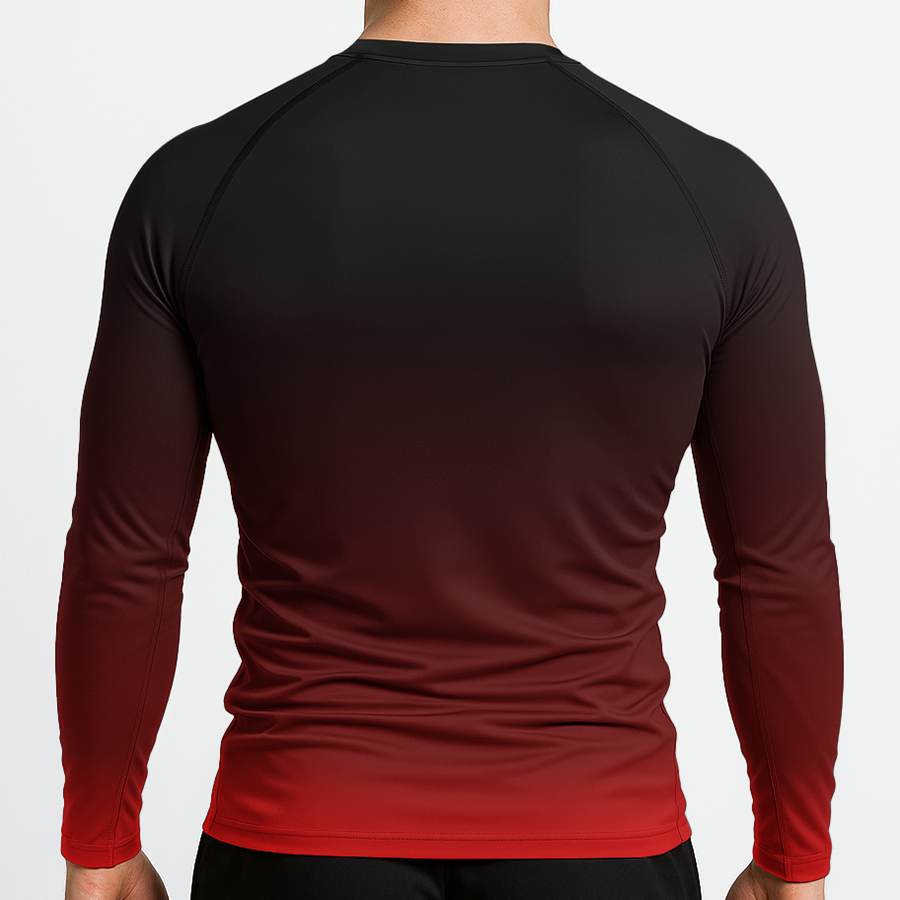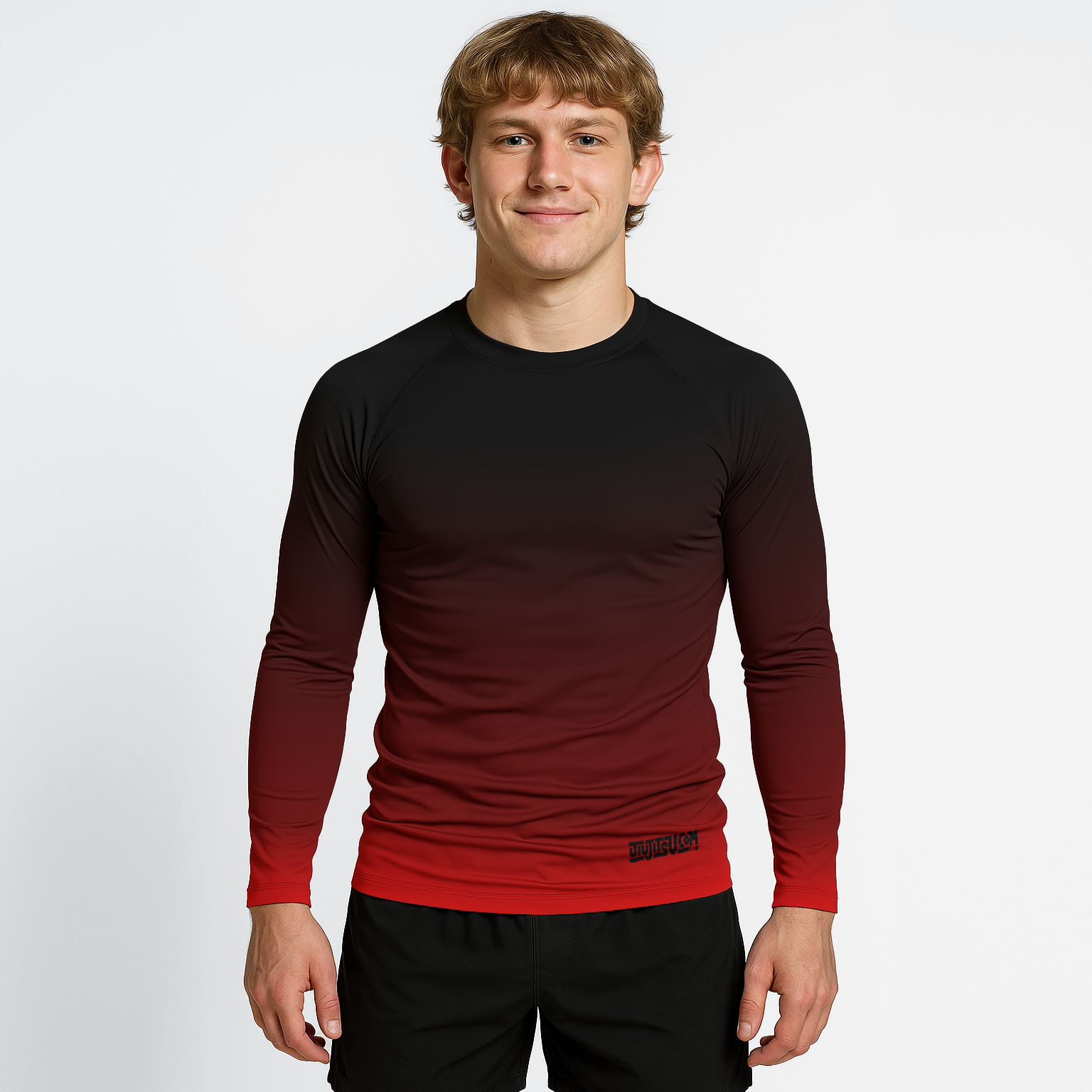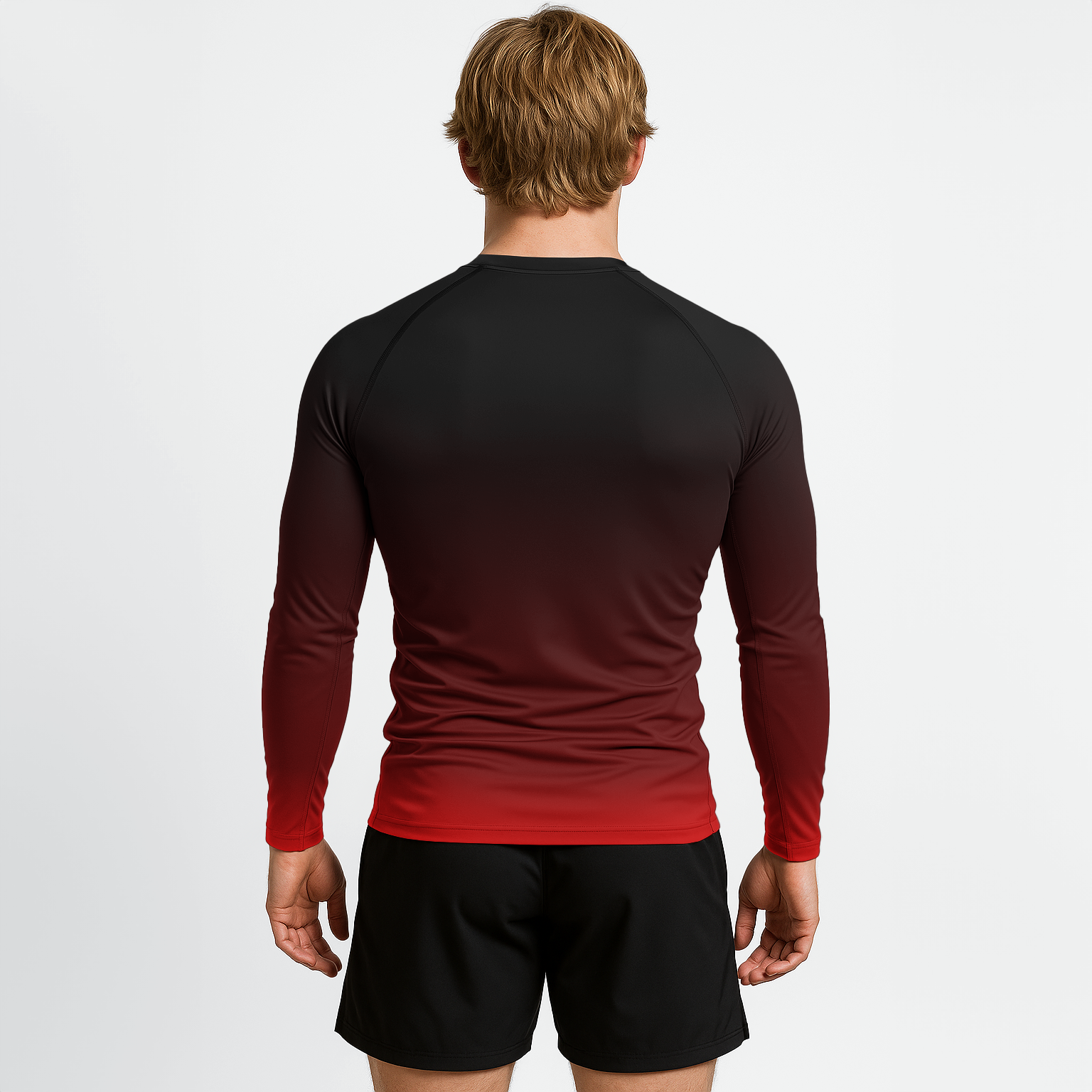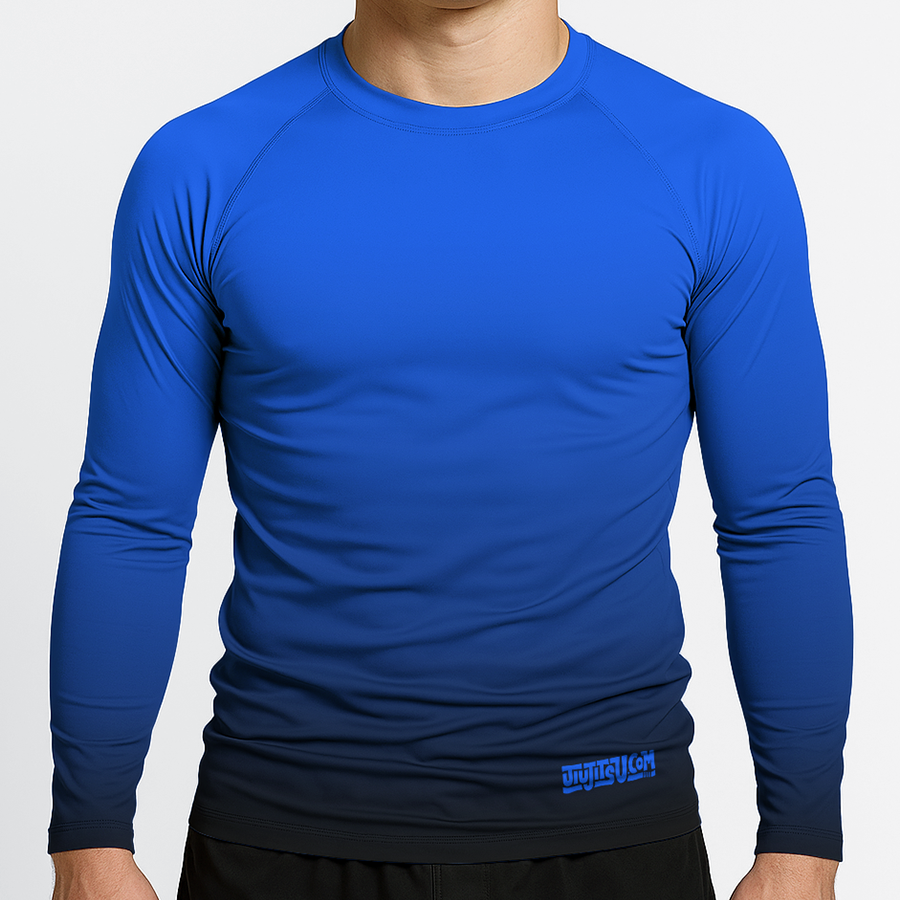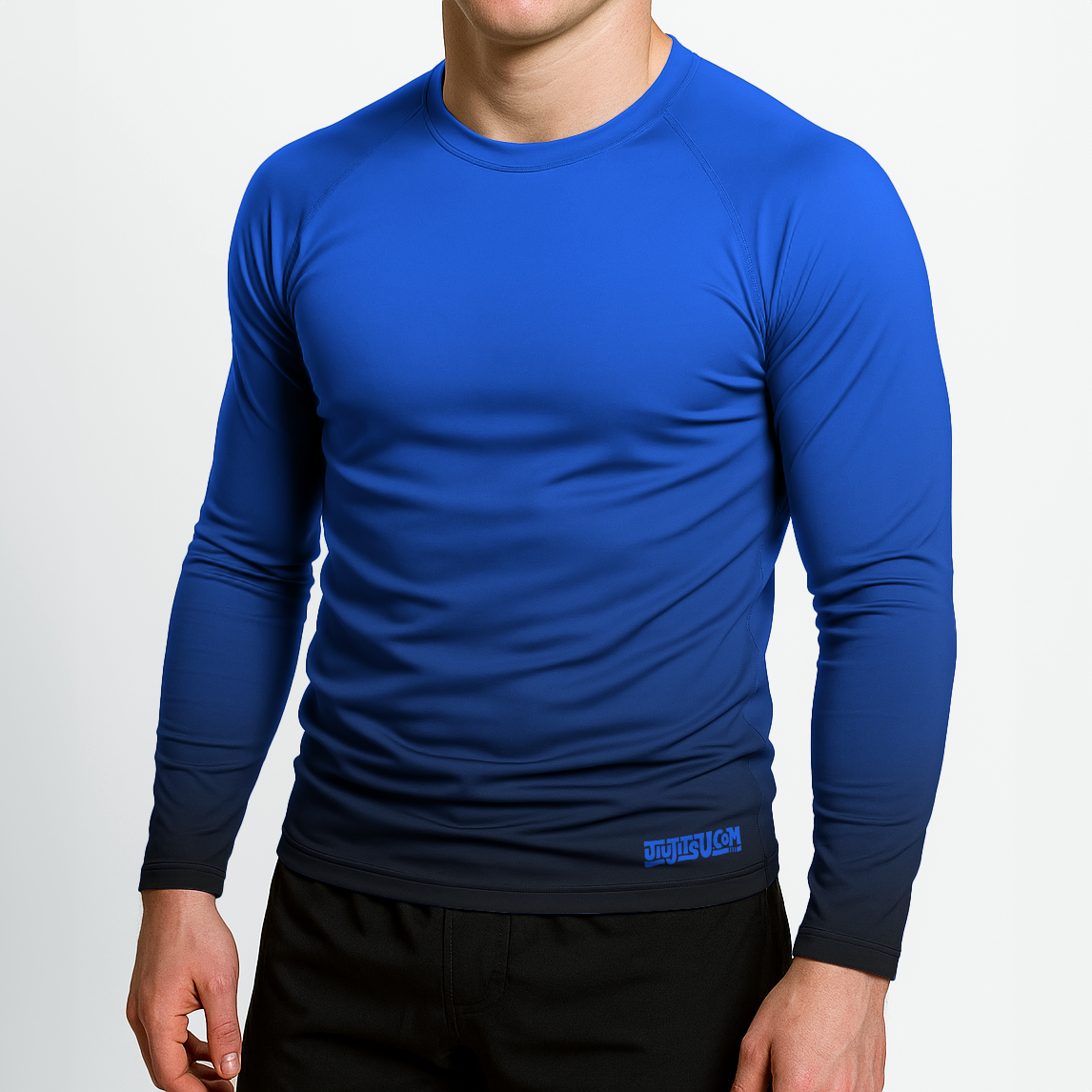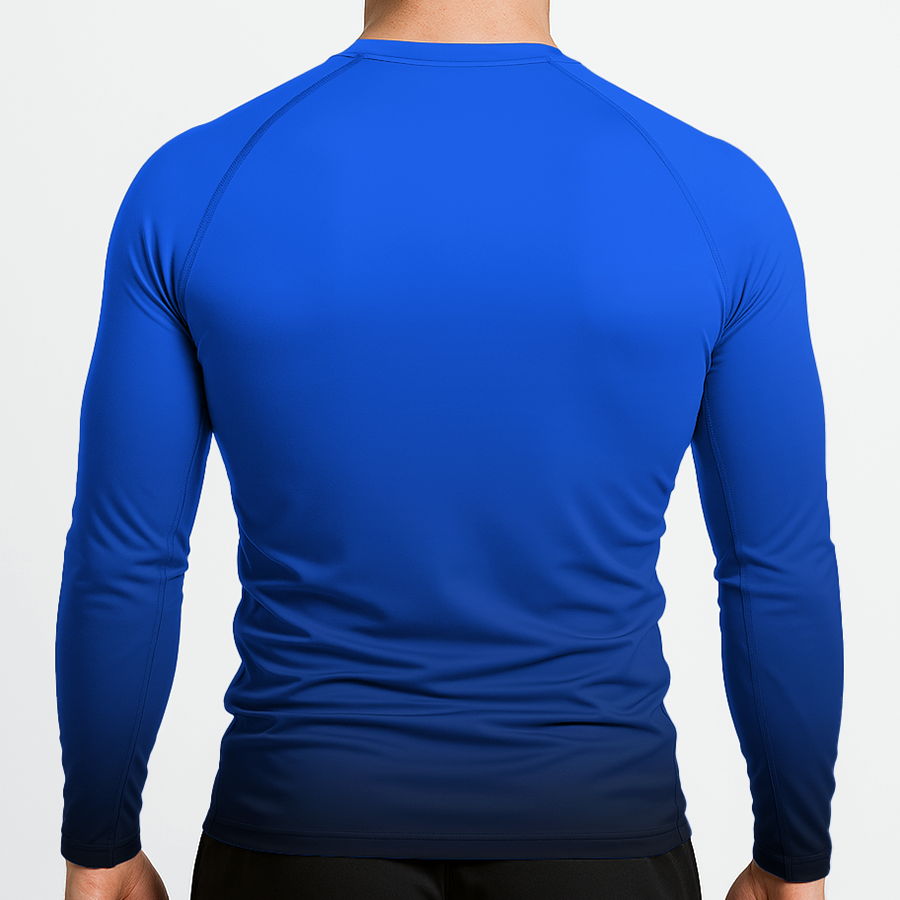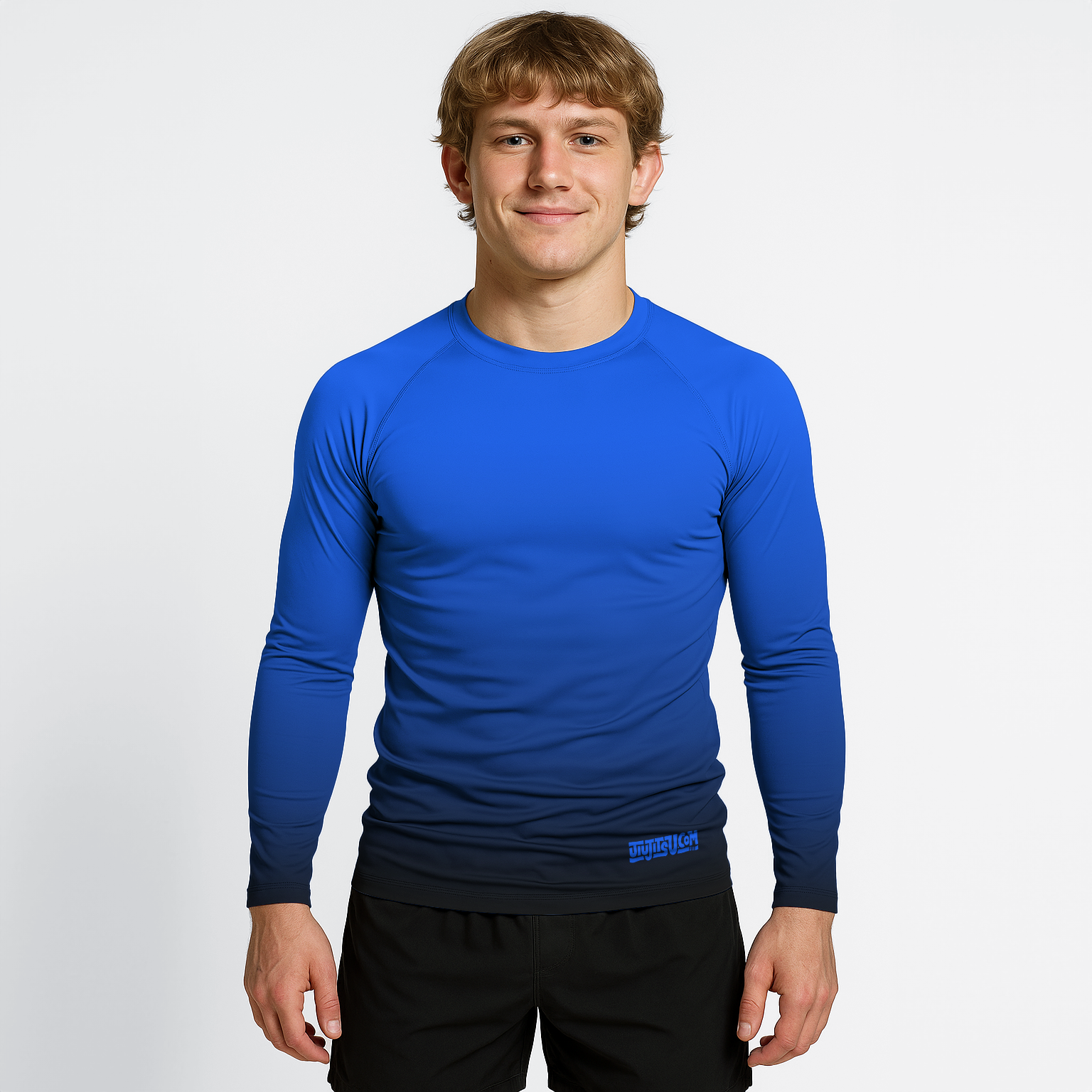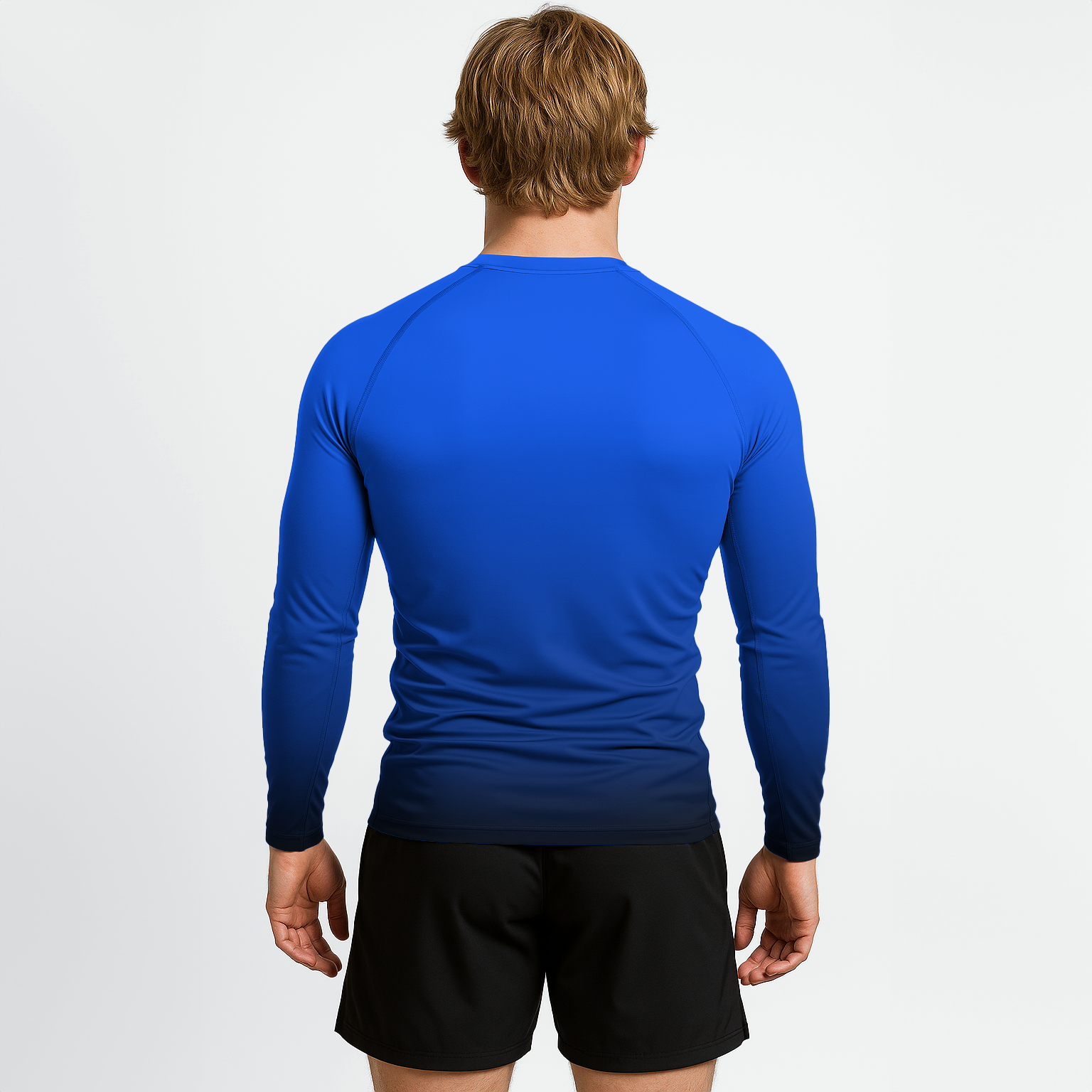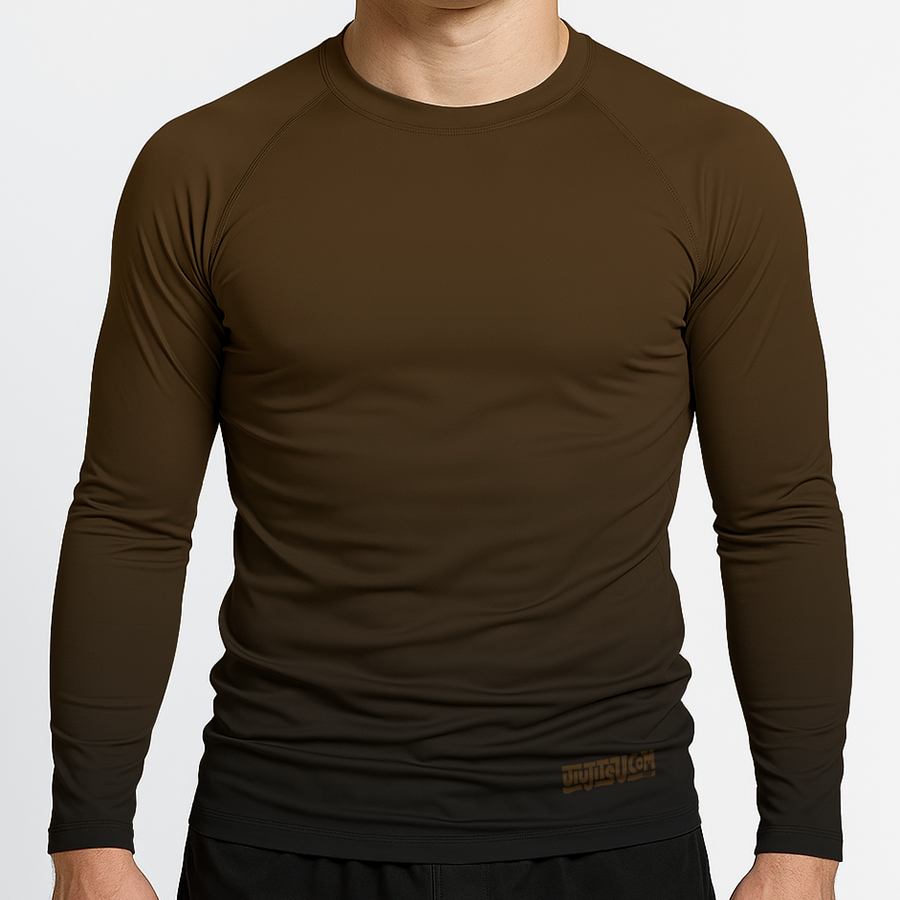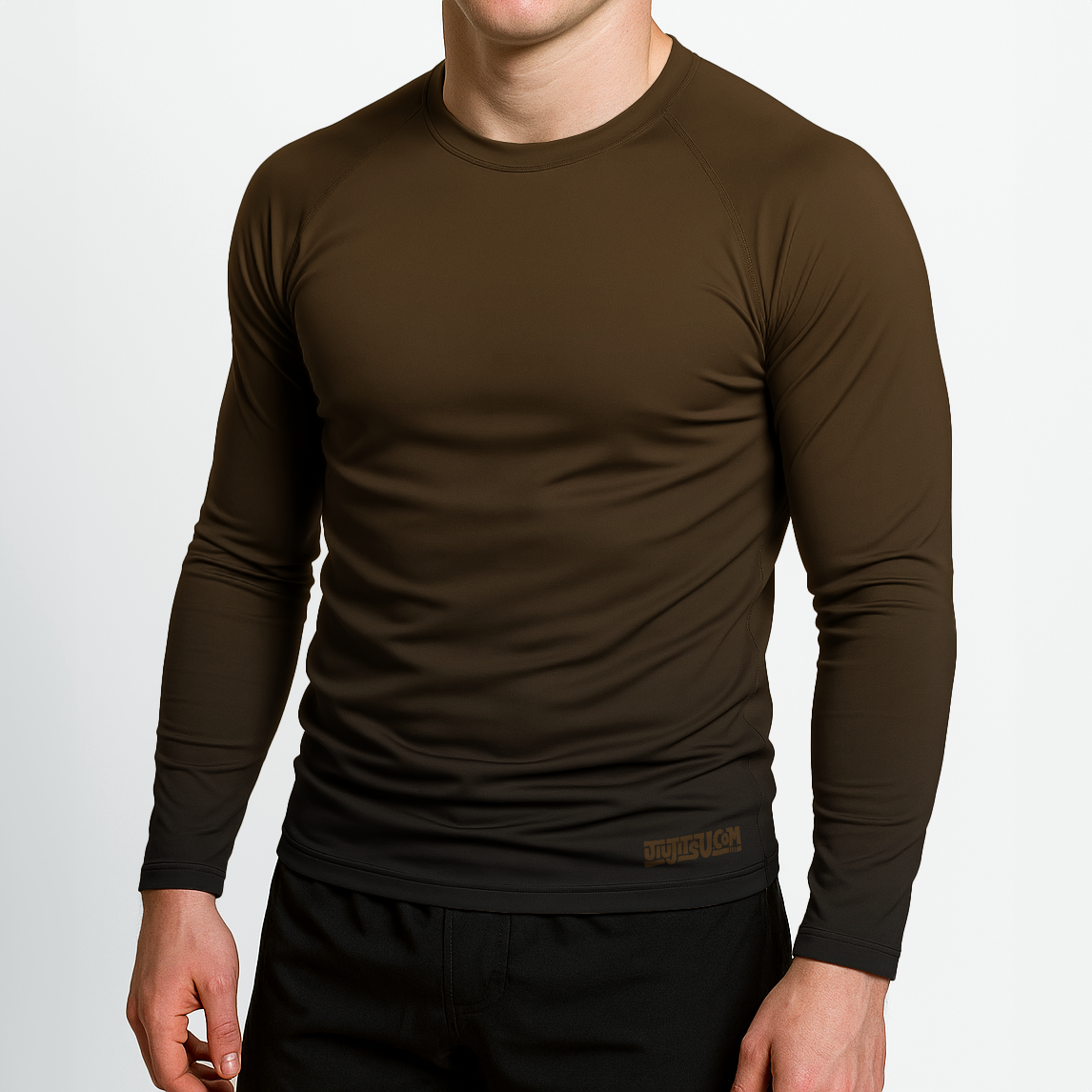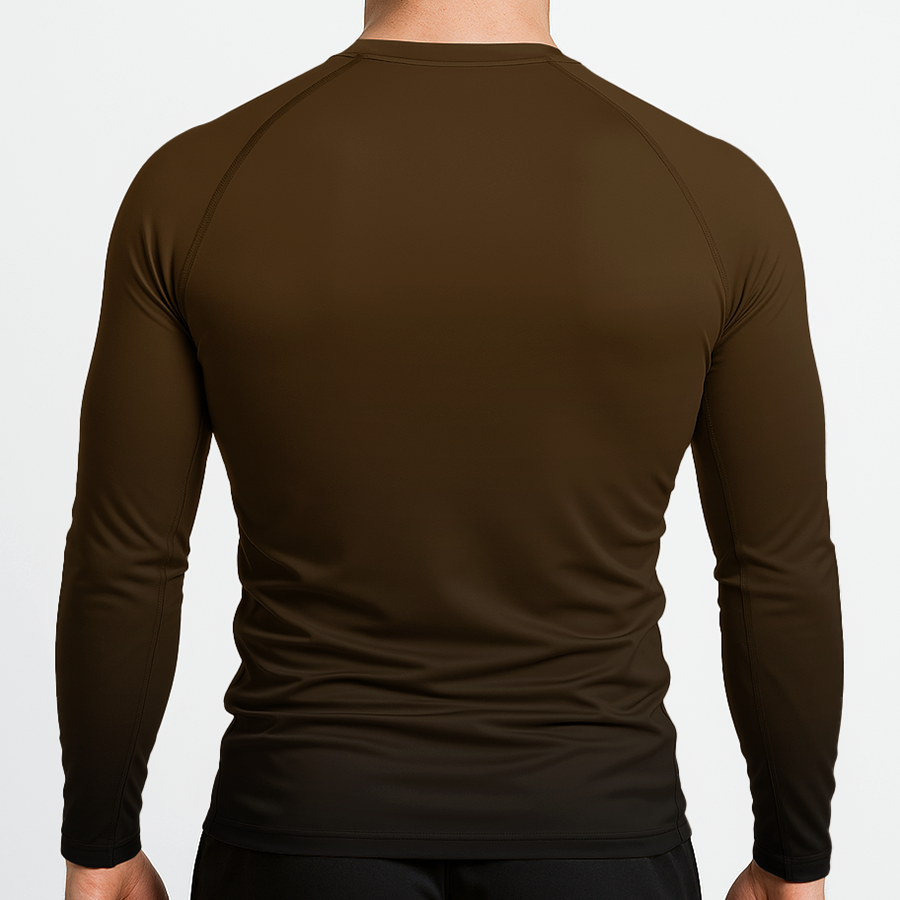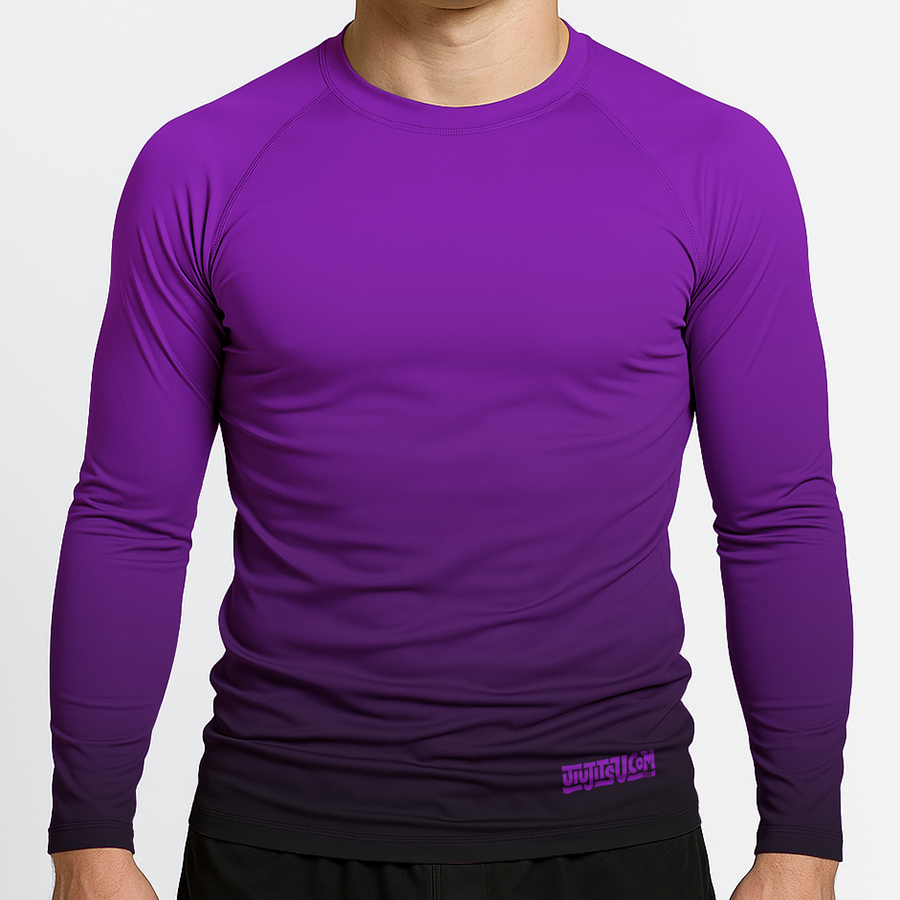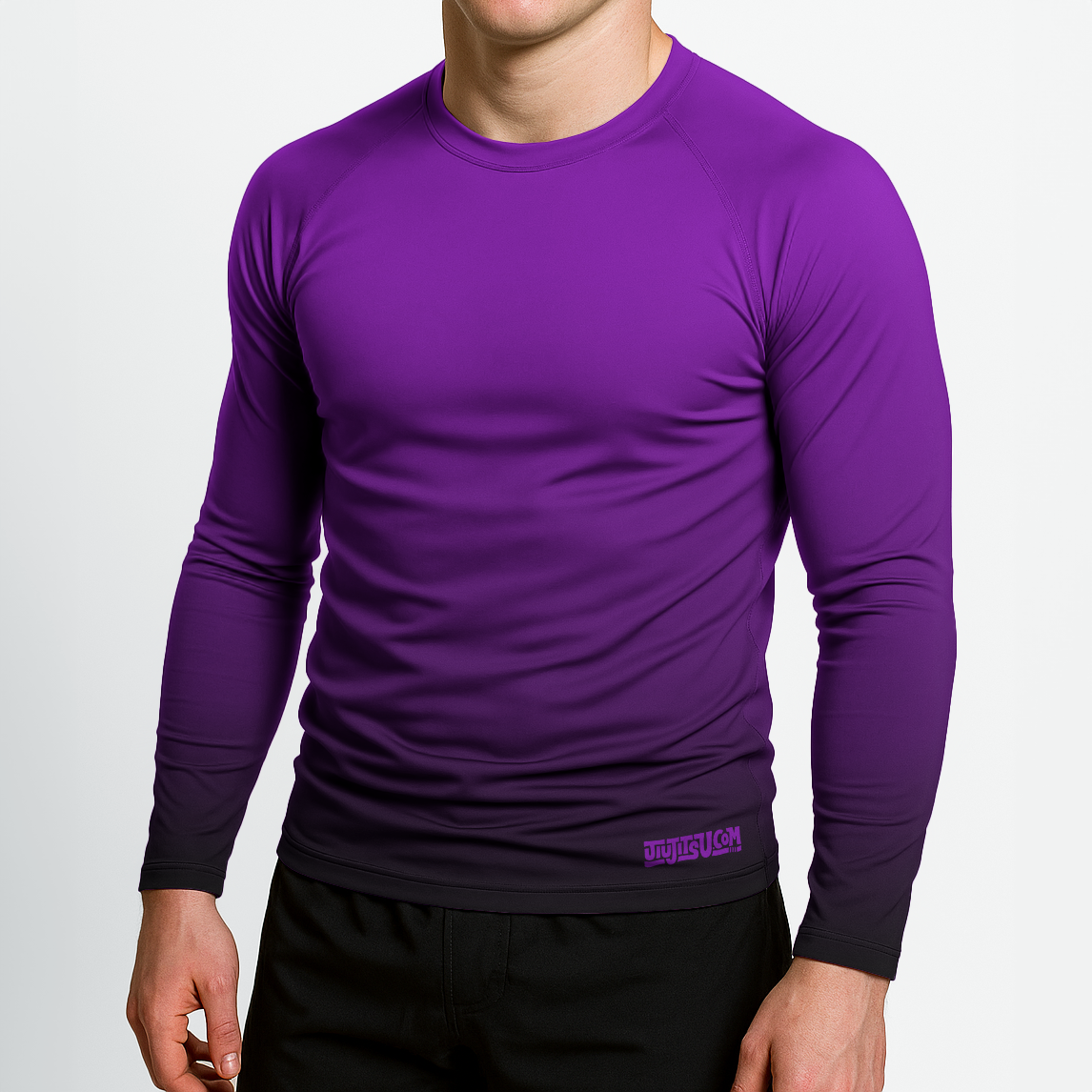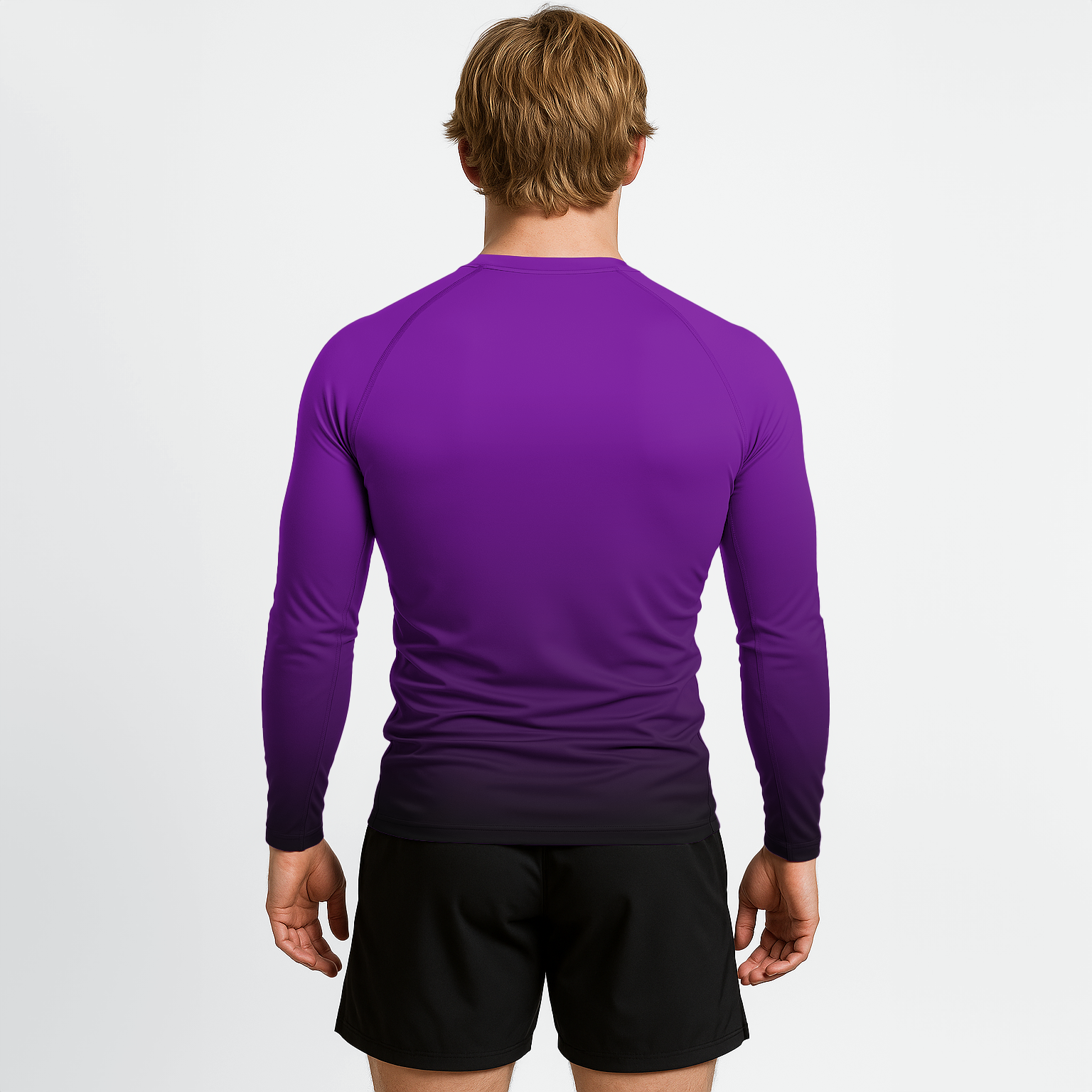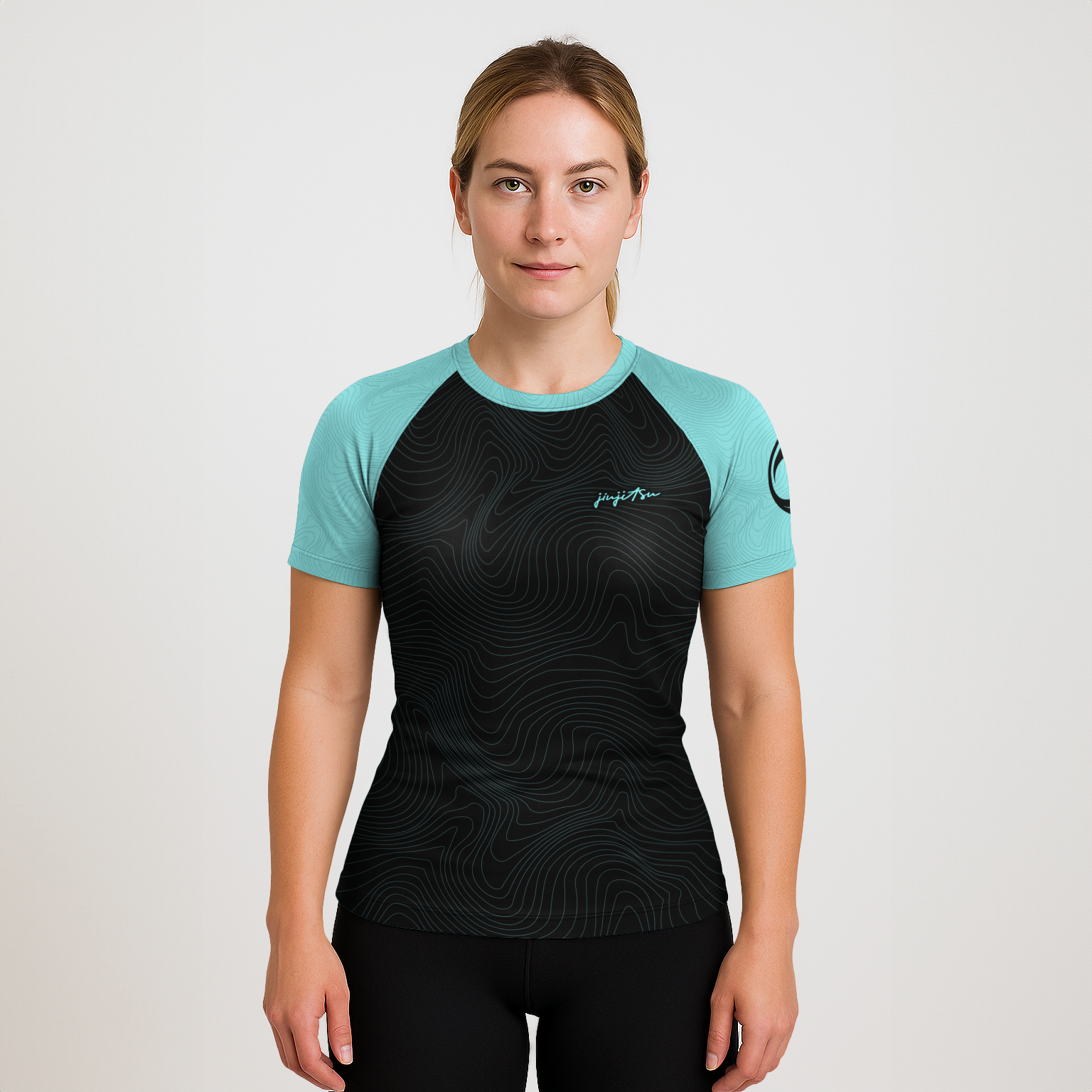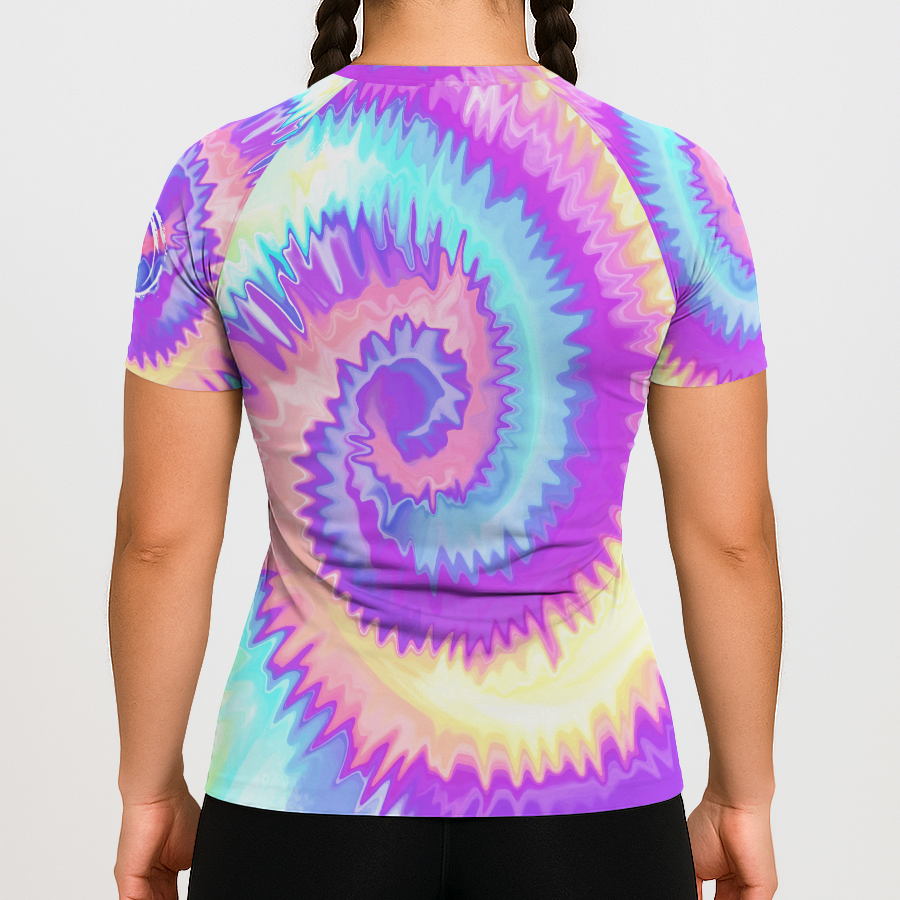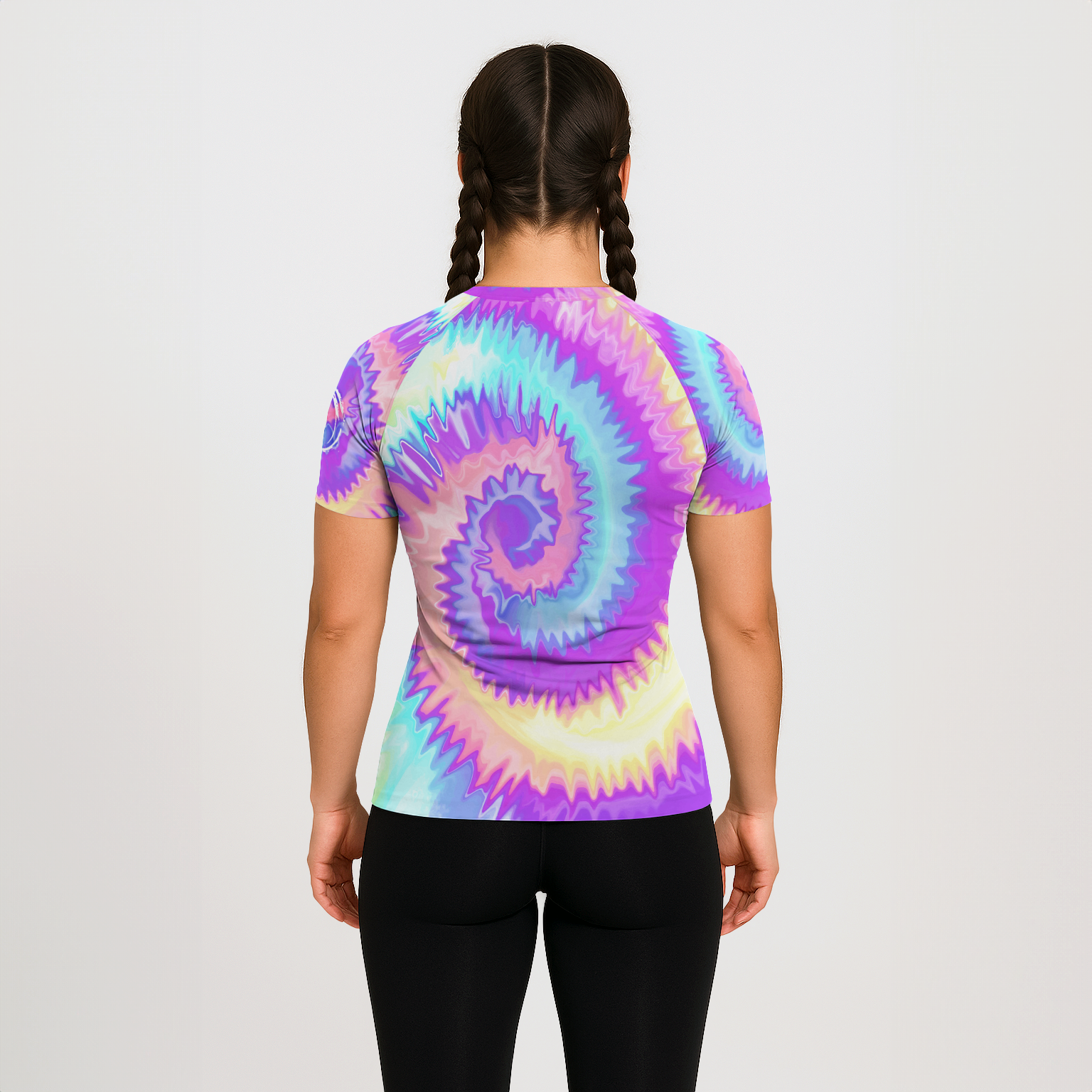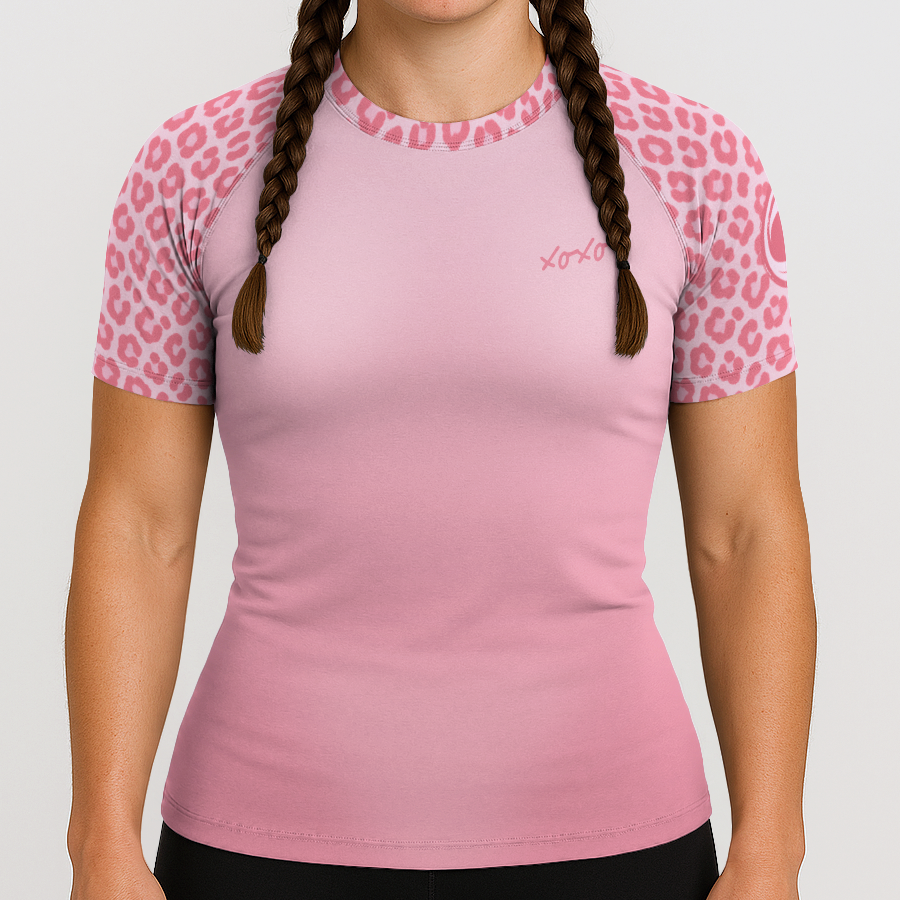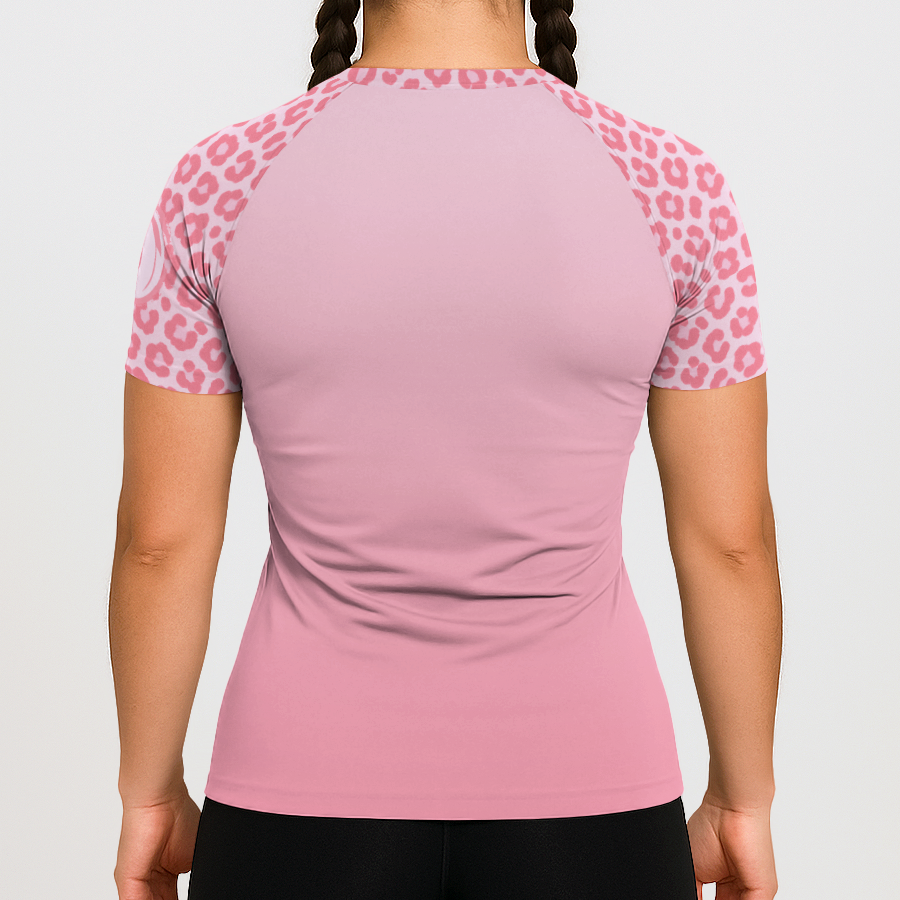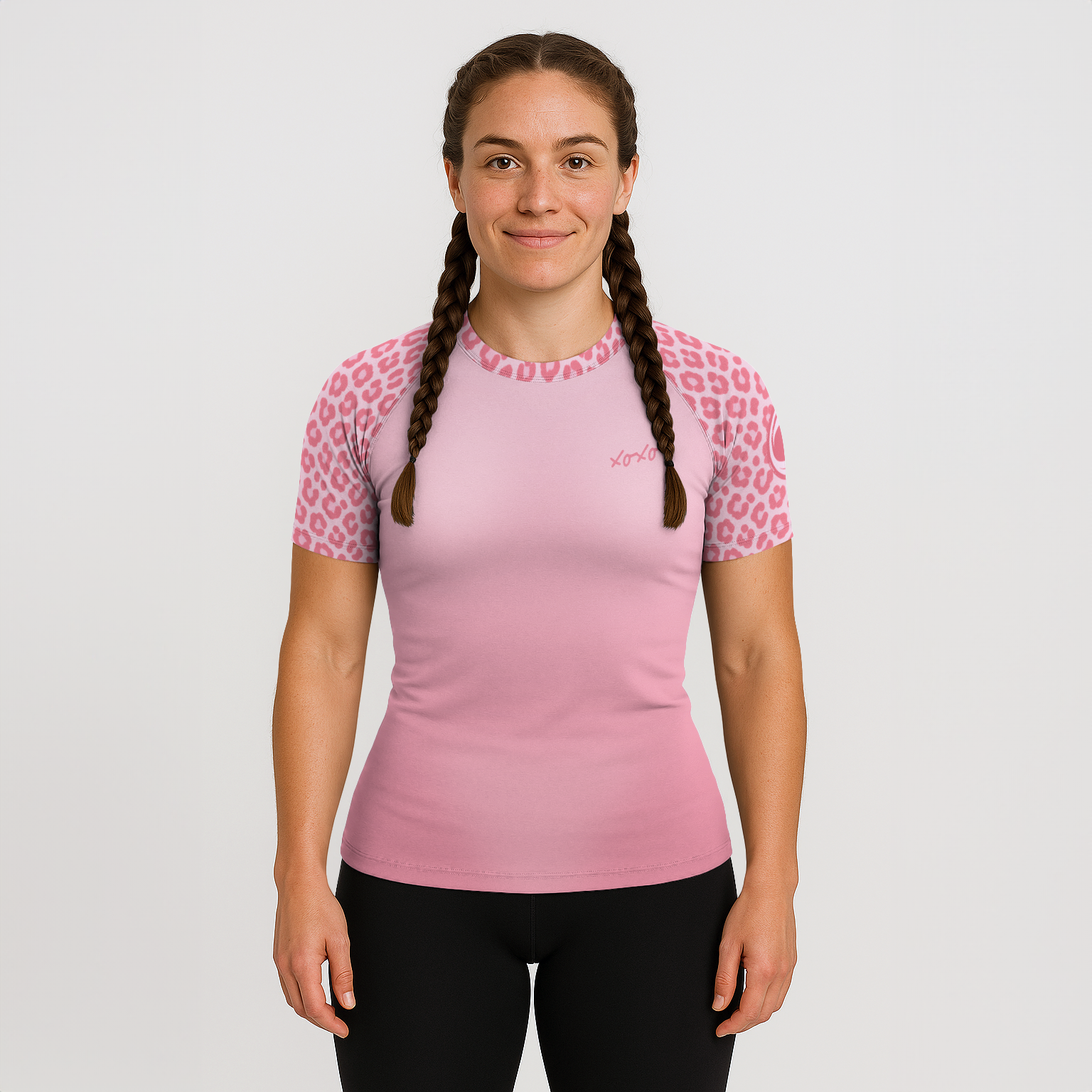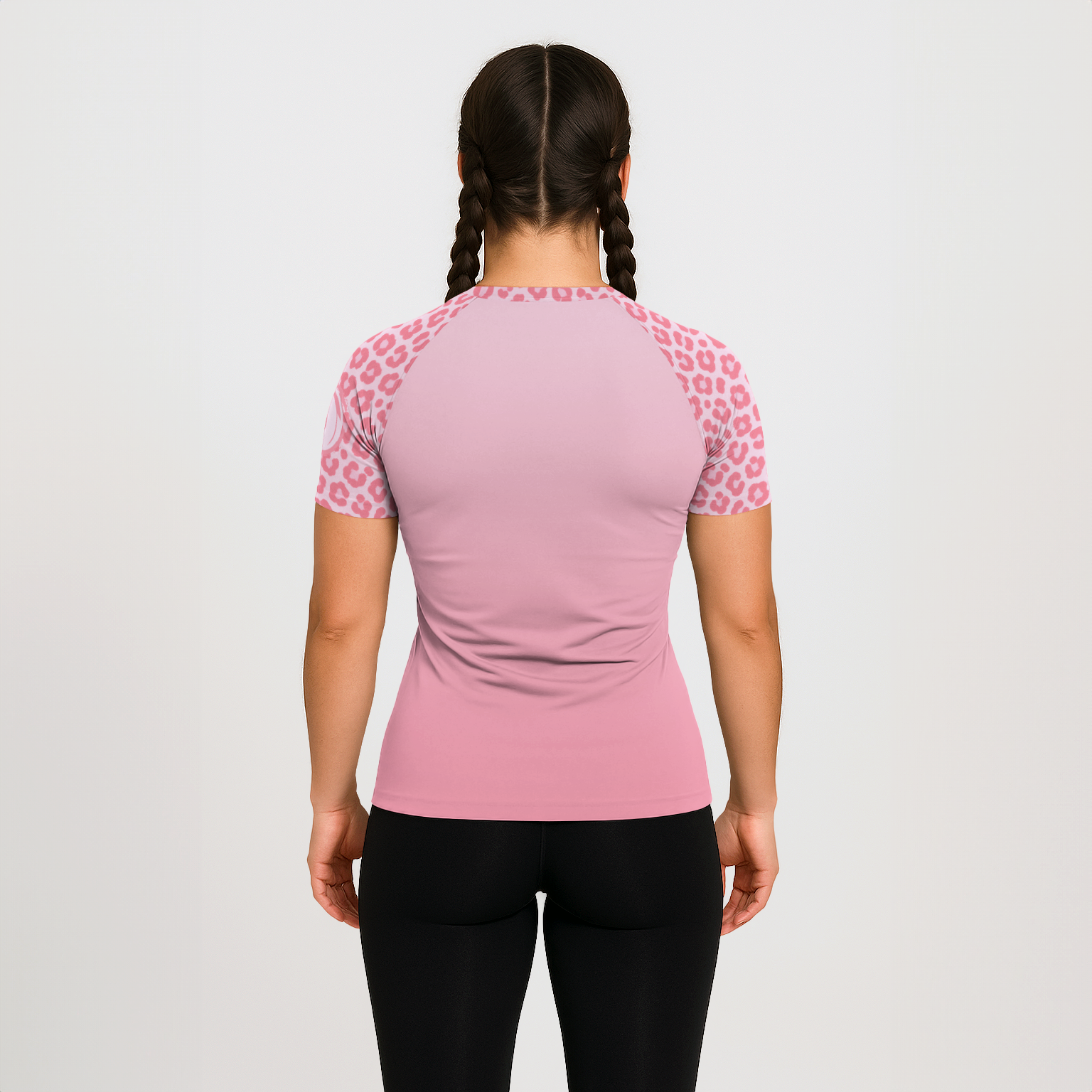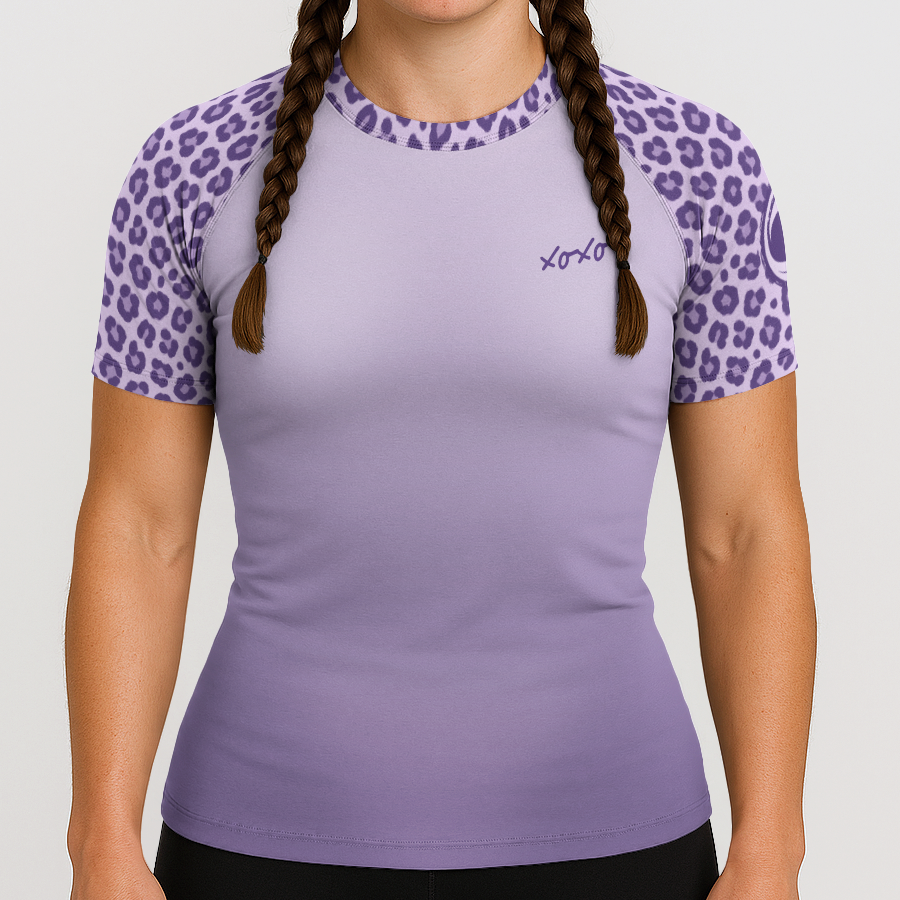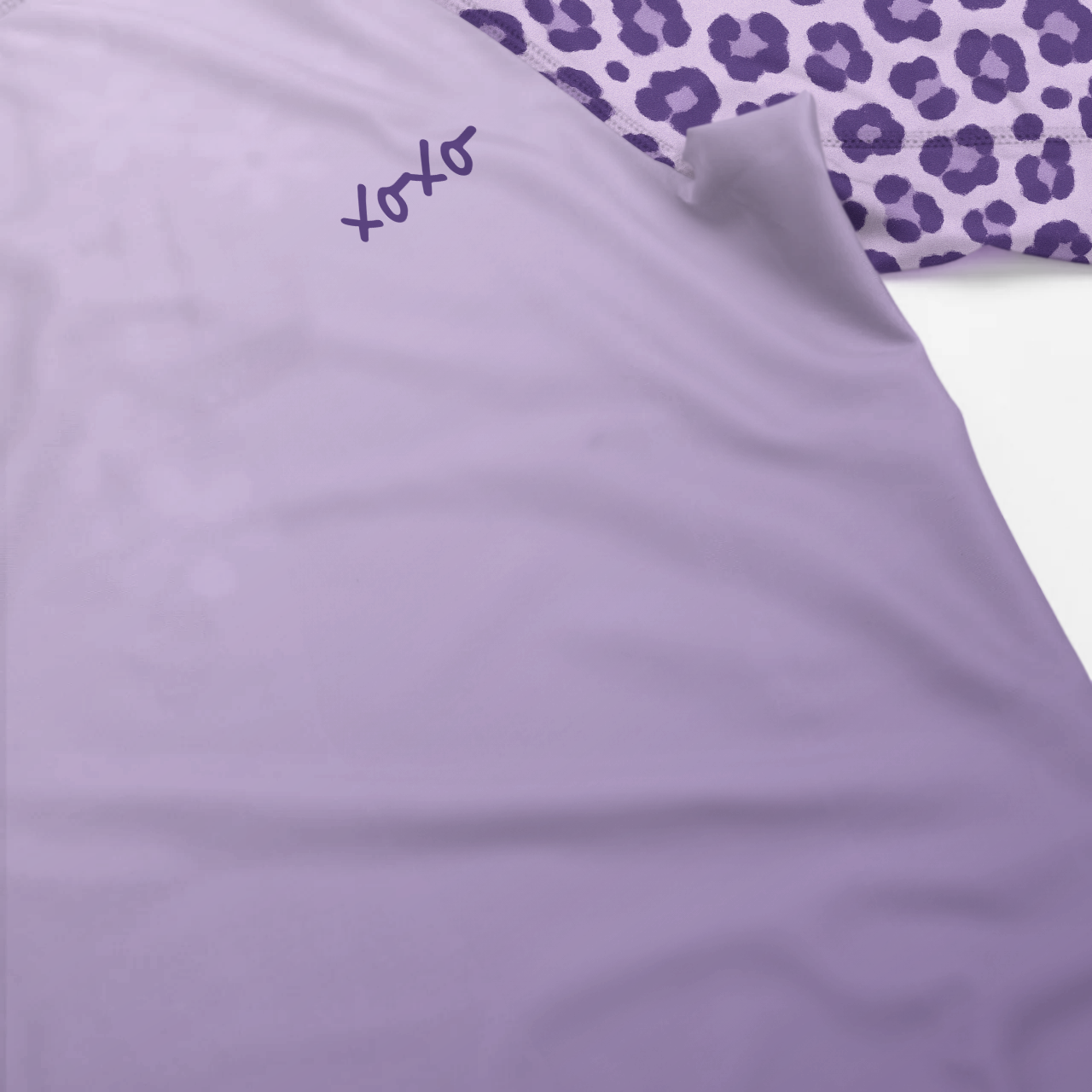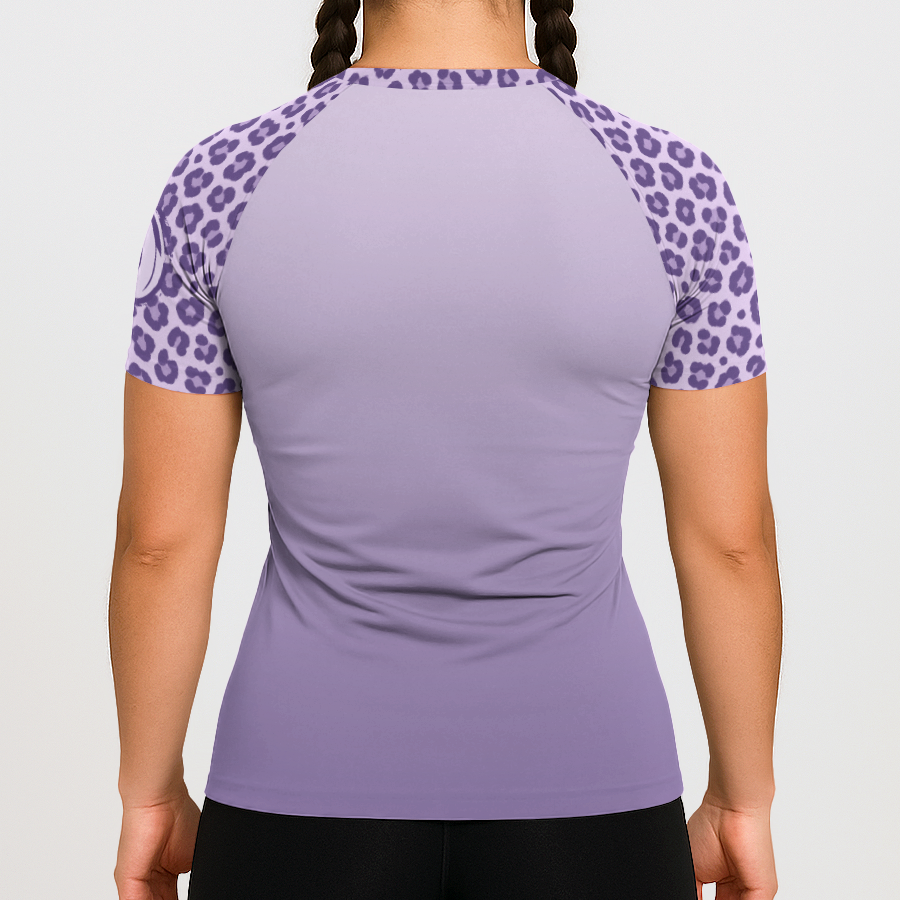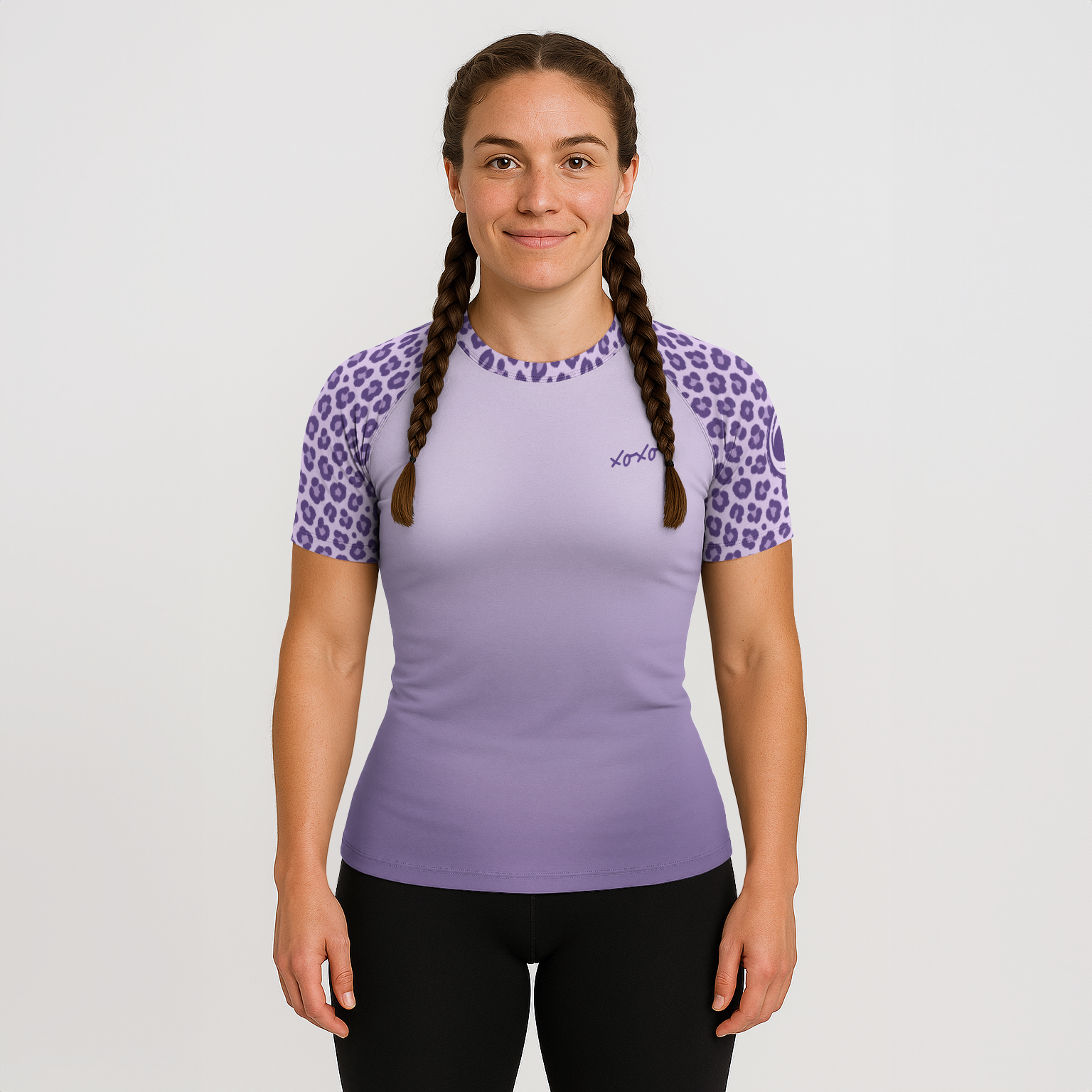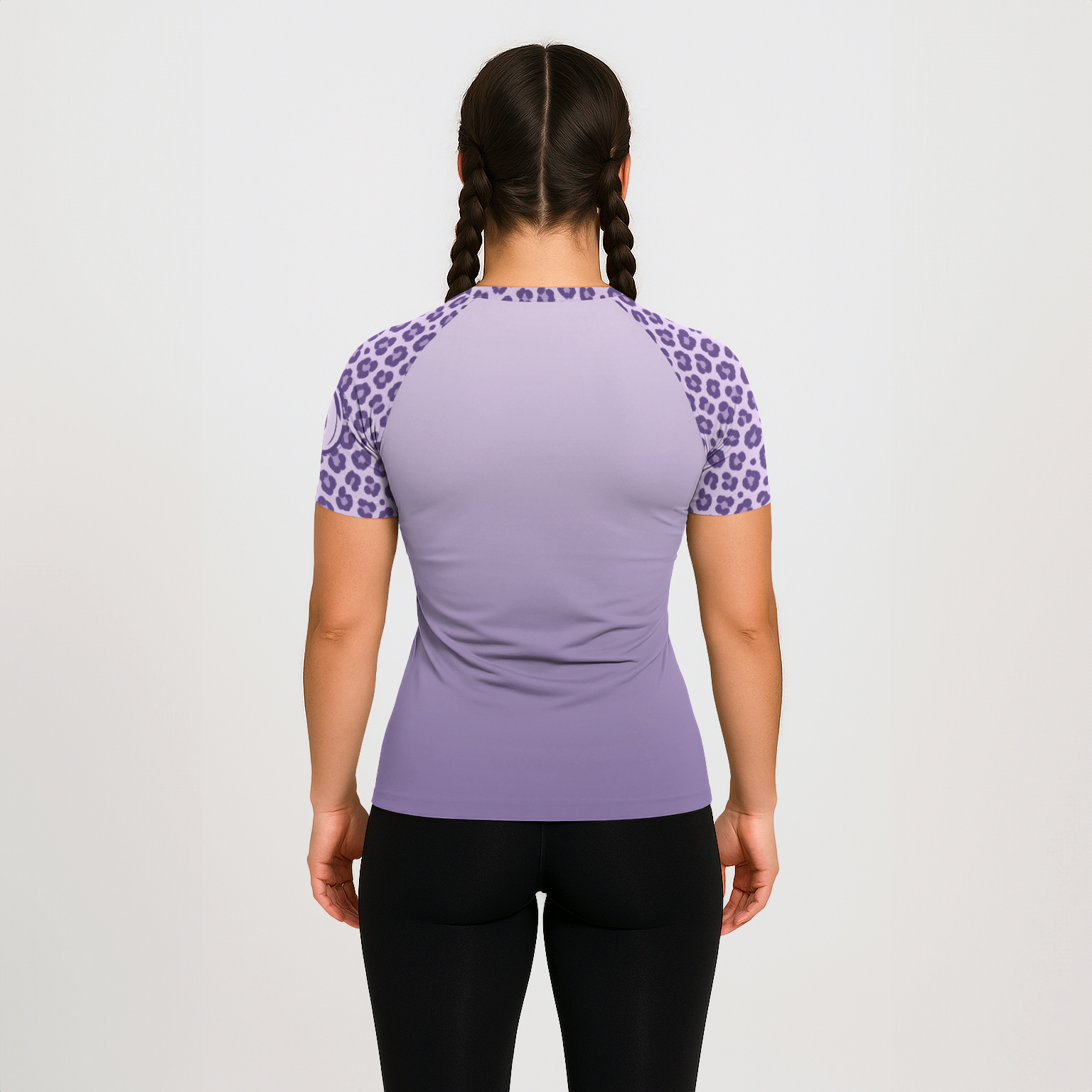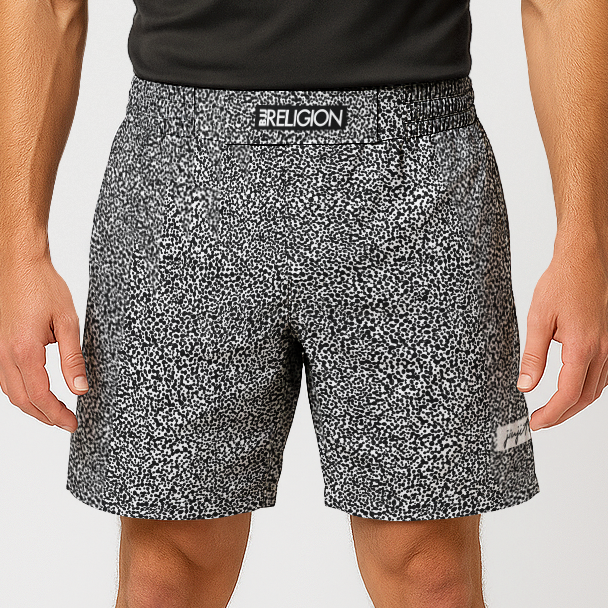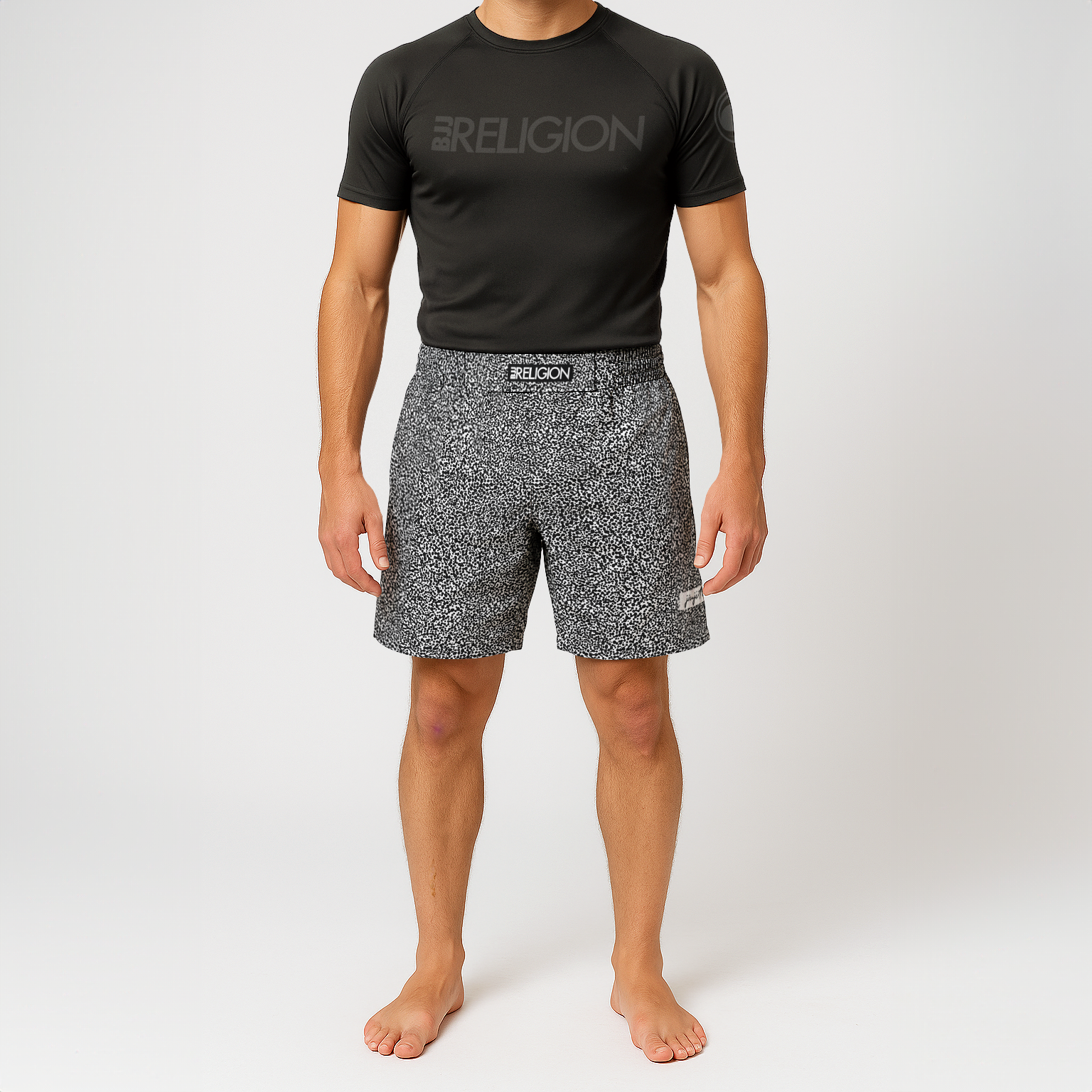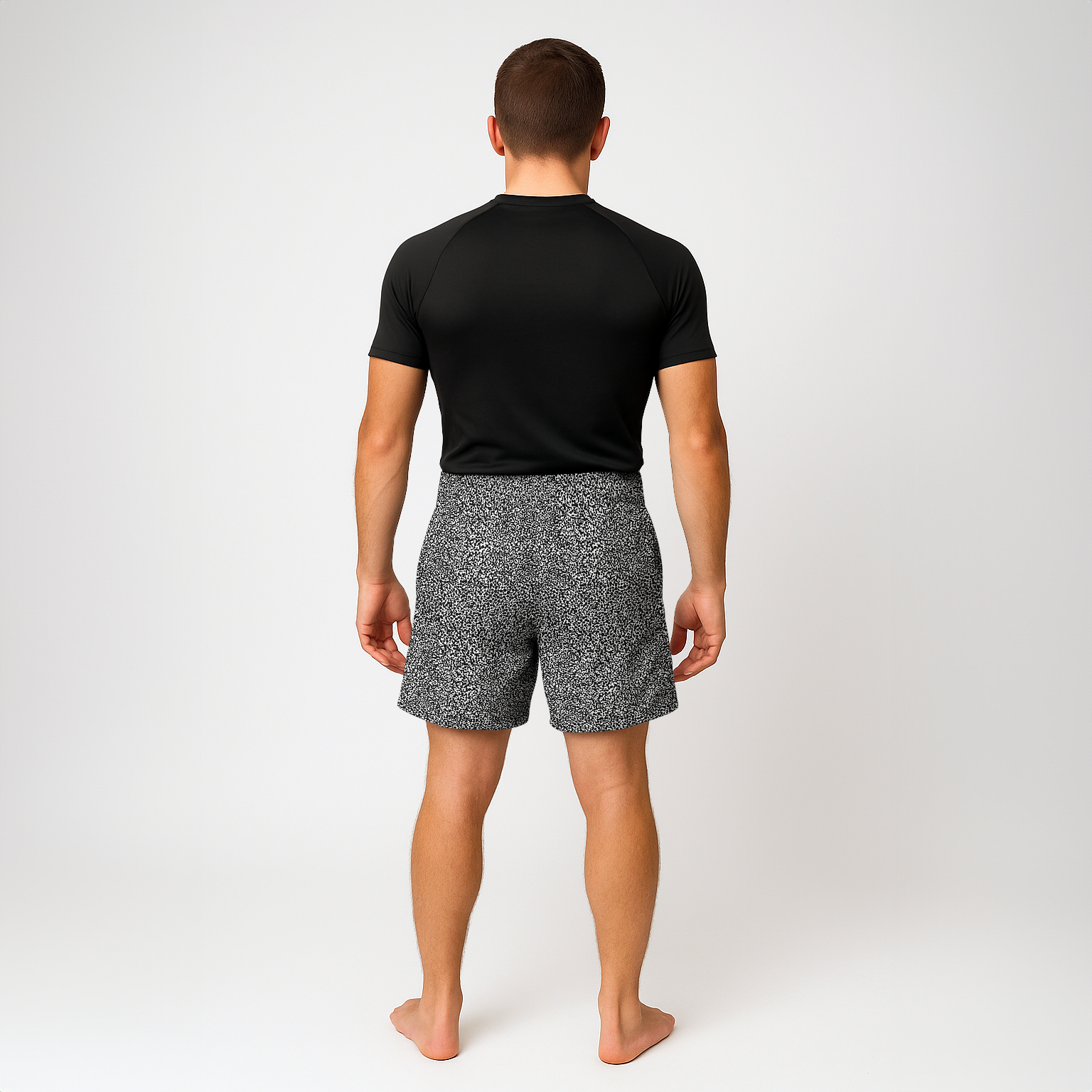Must Have BJJ Gear For Beginners
If you have attended a few classes or even if you are just thinking about starting Brazilian Jiu Jitsu, you may feel overwhelmed by how many different types of BJJ gear are on the market.
Don’t worry, we have you covered!
In this article, we break down the top gear you need as a BJJ beginner to hit the ground running with your training.
Brazilian Jiu Jitsu Gi (Kimono)
A Gi is an absolute must if you plan to train traditional BJJ.
The Jiu Jitsu Gi consists of a Gi top, Gi pants, and belt. Early on in your journey, you should opt for a cheaper Gi, ideally single weave or pearl weave.
Once you have more mat time under your proverbial belt, you can investigate more expensive premium Gis if you find your starter Gi insufficient.
For the record, many of us still wear our first Gi years into training, so you may just purchase the same second Gi if you train frequently enough.
Regardless, you must wash your Gi every time your train!
For a more comprehensive breakdown on purchasing a Gi, check out our BJJ Gi buyer’s guide here.
Latest Gi Releases
Rash guard
A rash guard is a short or long sleave skintight, stretchy piece of clothing that goes over your upper body.
You will wear a rash guard when you train No Gi but can also wear the rash guard under your Gi for extra protection against chaffing.
Although cotton T-shirts may be acceptable in your early days of training, they are ultimately not proper gear.
Cotton gets stinky, stretches, rips, and generally falls apart under the heavy use you will put it through during training.
Furthermore, cotton holds on to moisture, meaning by the end of class you will be wearing a dripping, sloppy rag that will be unpleasant to wear, and downright disgusting for your partner.
BJJ rash guards are typically made from a synthetic, moisture wicking material.
Although they get sweaty, they are much better at wicking away and evaporating as opposed to soaking up sweat and bacteria like a sponge.
Furthermore, BJJ rash guards protect you from mat burn and other skin irritations when training No Gi.
You will ultimately want a couple different rash guards if you train No Gi consistently or wear a rash guard under your Gi top.
Note that some rash guards are ranked, meaning they have a color that corresponds to the BJJ belt system and are meant to display your current belt rank. If you buy a ranked rash guard, be sure to buy one in-line with your current BJJ rank.
Note that white belt ranked rash guards are often worn at many ranks because they are the most generic, so you cannot assume someone’s rank based solely off the rash guard alone.
As with your Gi, you must wash your rash guard after every use.
Bestselling Rashguards
Grappling Spats
Spats are skintight leggings made from the same types of material as rash guards.
BJJ spats protect your legs from irritation and bacteria during No Gi rolling and can prevent chaffing when worn under your Gi.
Spats are most commonly worn underneath shorts when training No Gi, or under your Gi pants if you need the extra protective layer.
While some individuals may only wear spats, we generally recommend wearing shorts on top of your spats when training No Gi.
Grappling Shorts
If you train No Gi, you need a pair of BJJ shorts.
Typically made from non-stretchy synthetic material, shorts are the standard No Gi lower body attire.
The key aspect of BJJ shorts is that they do not have pockets and they also typically have some Velcro fold or other tailored design in the front that allows you to secure the drawstrings after you tie them.
This prevents your partner’s fingers from getting caught in your pockets and stops the strings from coming undone and becoming a nuisance or hazard during rolling.
Although basketball shorts or other athletic shorts may be acceptable during your first few No Gi classes, you will ultimately need a pocket-free drawstring-protected pair of BJJ shorts – especially if you plan to compete in No Gi.
Best Selling BJJ Shorts
Mouthpiece
A mouthpiece is an absolute must if you plan to roll live and value having all your teeth.
Mouthpieces are primarily divided into two styles: boil-and-bite and custom mould.
Boil-and-bite mouthpieces are available at most sporting goods stores.
You first boil the mouthpiece, which softens up the rubberized material. Then, you bite into it and form it to your teeth – you only need to do this once and then should be set.
Despite the relatively low cost of most boil-and-bites, the method works well for most people who just need basic teeth protection.
Custom mouthpieces are substantially more expensive and require a professional to take a mould of your mouth and then create the mouthpiece from scratch with your specifications.
Nevertheless, the high price tag of custom mouthpieces ensures maximum comfort and proper fit.
Some mouthpieces also offer shock protection. This is worth getting if you plan to consistently go hard, compete, or participate in striking based martial arts.
For basic BJJ rolling, shock protection is not a must-have, but may be worth getting upfront if you fall into one of the previously mentioned categories.
On a final mouthpiece note, even if you do not lose any teeth, a mouthpiece prevents your gums from being sliced open on your teeth as you fight your way out of chokes.
While some grapplers do not wear mouthpieces, they do so at their own peril.
Headgear
If you have ever seen the ears of a seasoned grappler, you likely noticed some disfiguring. This condition, known as cauliflower ear, can be very common, particularly for wrestlers,
Cauliflower ear occurs from physical trauma to the ear that separates the skin from the cartilage, creating a pocket that fills with fluid. The fluid is typically drained as soon as possible through a syringe.
If left, the fluid will become bulbous and ultimately harden, at which point it would require surgery to remove.
Other than the potential risk of infection, cauliflower ear is not a threatening condition, although it could ruin your shot at a modeling career.
There is some debate as to whether cauliflower ear is a badge of honor denoting the holder as a serious grappler, or an ugly ogre-like disfiguration that will turn off anyone who does not do BJJ.
Depending on where you fall in this camp, you may be more or less inclined to wear headgear when you roll.
The truth is, you really need headgear regardless of whether you care about a little cauliflower.
Here’s why.
When you first get cauliflower ear, it’s super painful.
If you do not drain it, you guarantee a bulbous, bloated ear after a few days of the fluid hardening.
If you drain it, you must prevent further trauma from reaggravating it until it seals back up. This tends to result in a more subtle cauliflower ear that is less noticeable than a completely untreated ear.
After a few bouts of successfully healed cauliflower ear, most ears become a bit more resistant to further cauliflower in the same area.
During the healing process, you must wear headgear when you roll to prevent further damage. This is the reason why you need headgear even if you do not ultimately care about your ears’ appearance.
Of course, you can prevent this entire process in the first place by wearing headgear every time you train, but most people who commit to BJJ find that annoying after a month or two.
Sandals / Flip Flops
A final piece of BJJ gear that is often not mentioned is sandals.
It’s a no brainer that you do not wear shoes on the mat.
On the flipside, that means you must wear shoes when stepping off the mat onto an area that people walk on with shoes.
For example, when going to the bathroom or grabbing water between rounds.
You need a pair of sandals or flip flops by the edge of the mat to make hopping on and off as smooth and seamless as possible.
If you must put your tennis shoes back on anytime you use the restroom, it becomes a pain and you are likely to destroy your shoes by hastily stepping into them and smashing the back of them or skip out on foot protection altogether… gross.
With this in mind, no BJJ gym bag is complete without a good pair of sandals.
Beginner’s BJJ Gear: the bottom line
If you plan to train BJJ for any length of time, you should get kitted out as soon as possible.
Ultimately, you may have even more gear depending on your needs and preferences, however we recommend acquiring the additional stuff over time based on your budget and how much you train.
Regardless, the gear on our list is an absolute must if you want to do more than a week of Jiu Jitsu.


